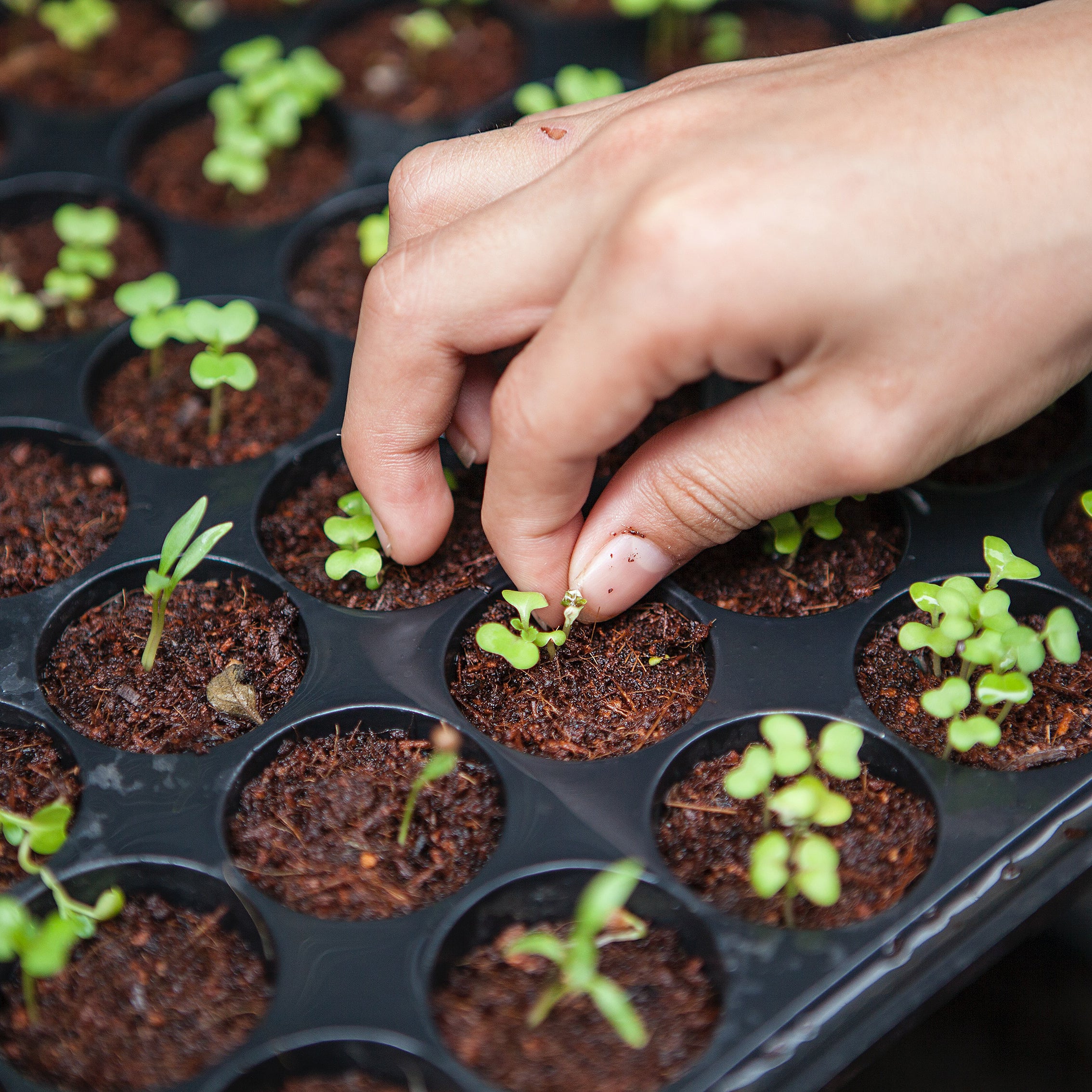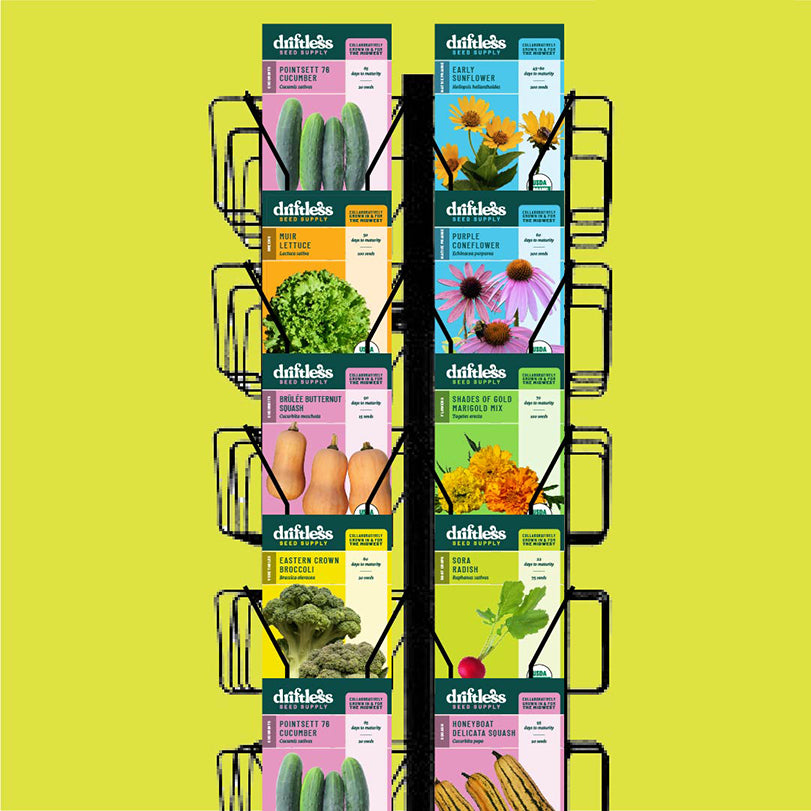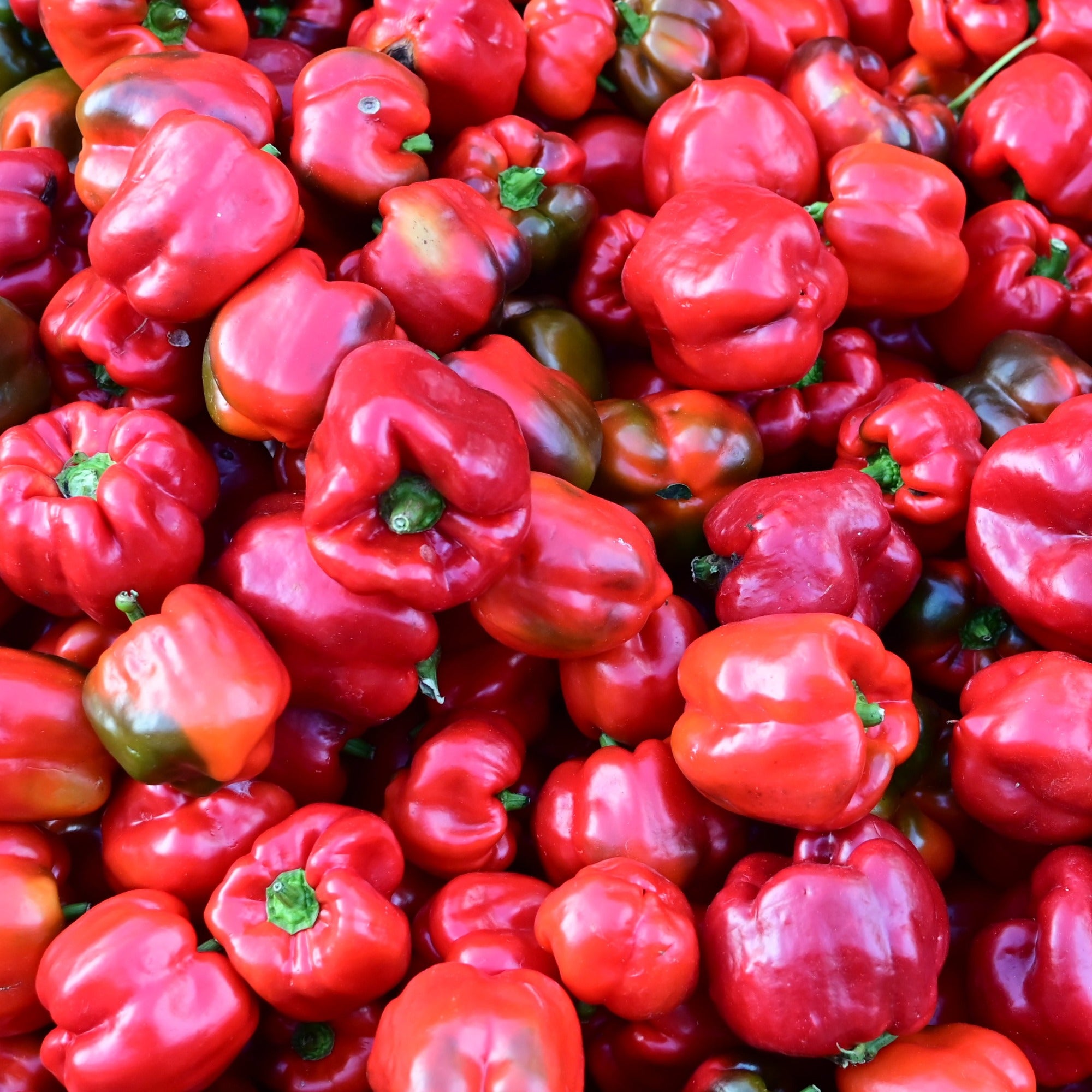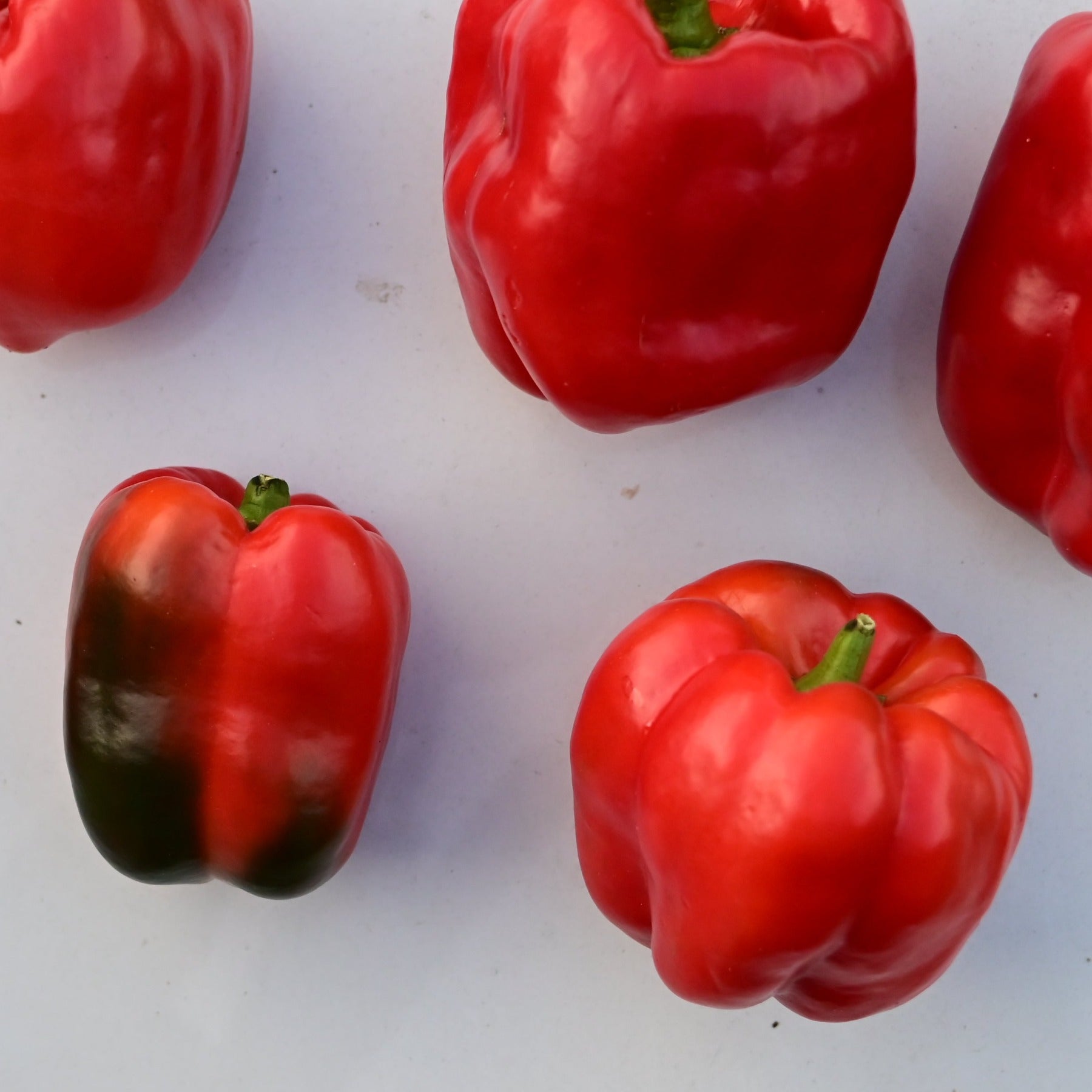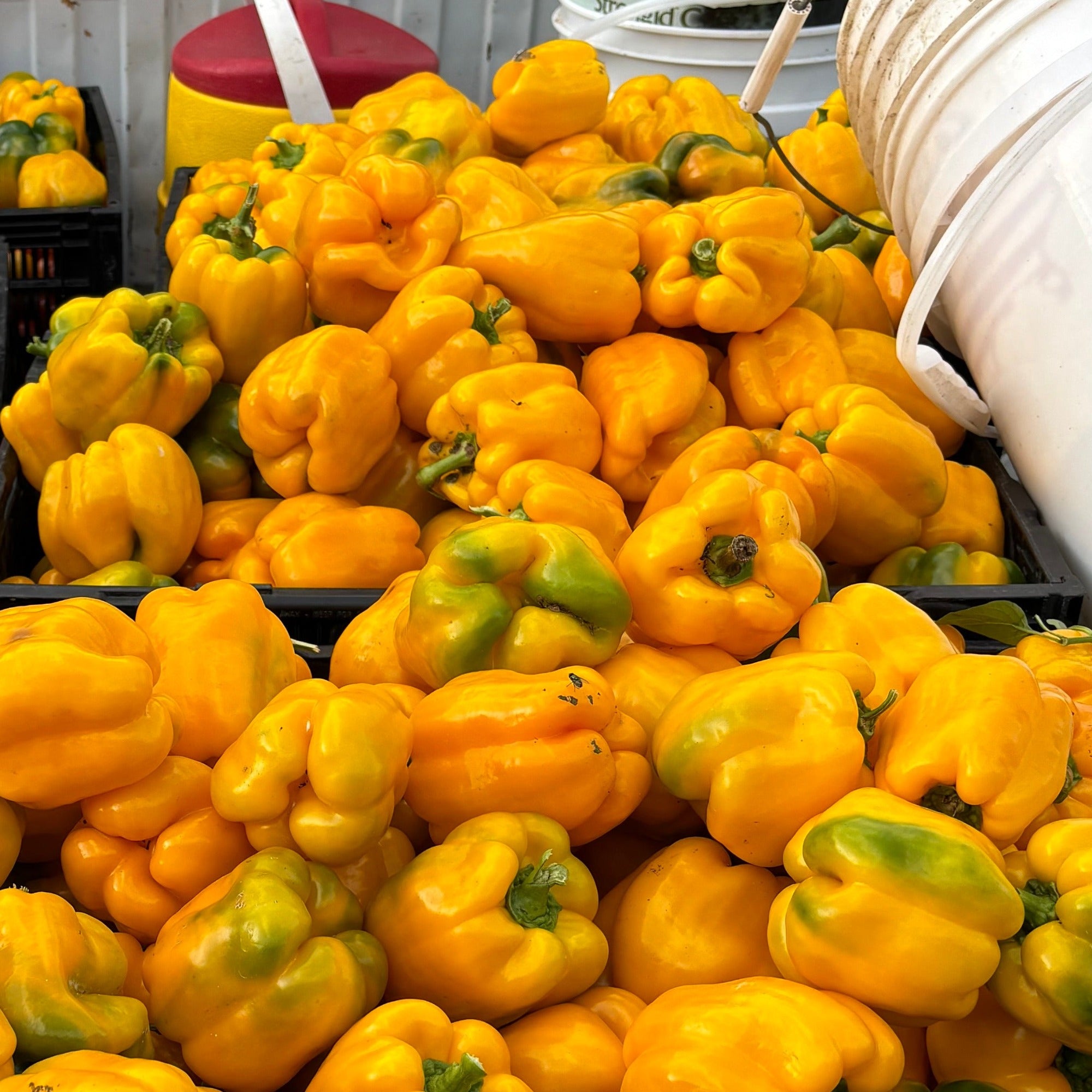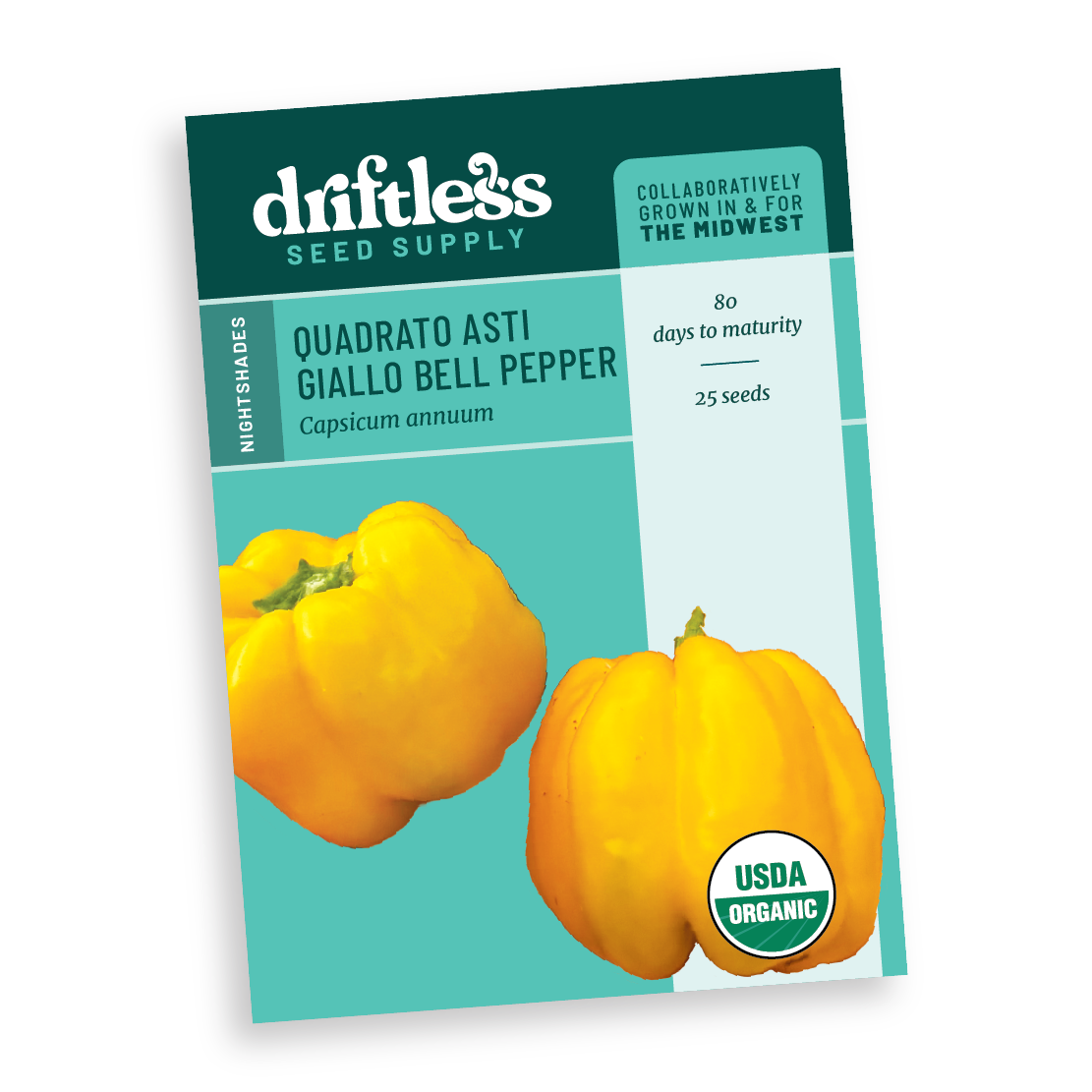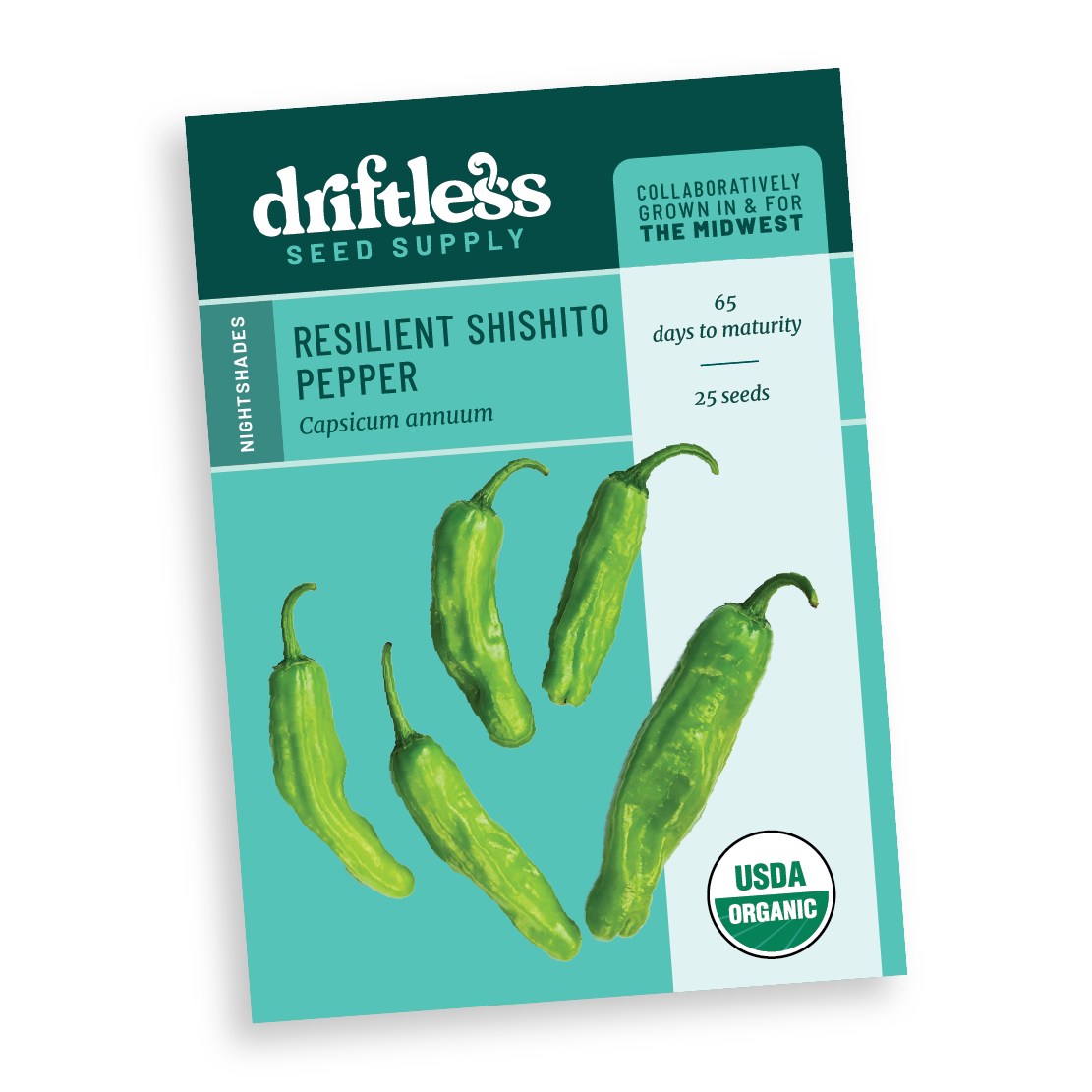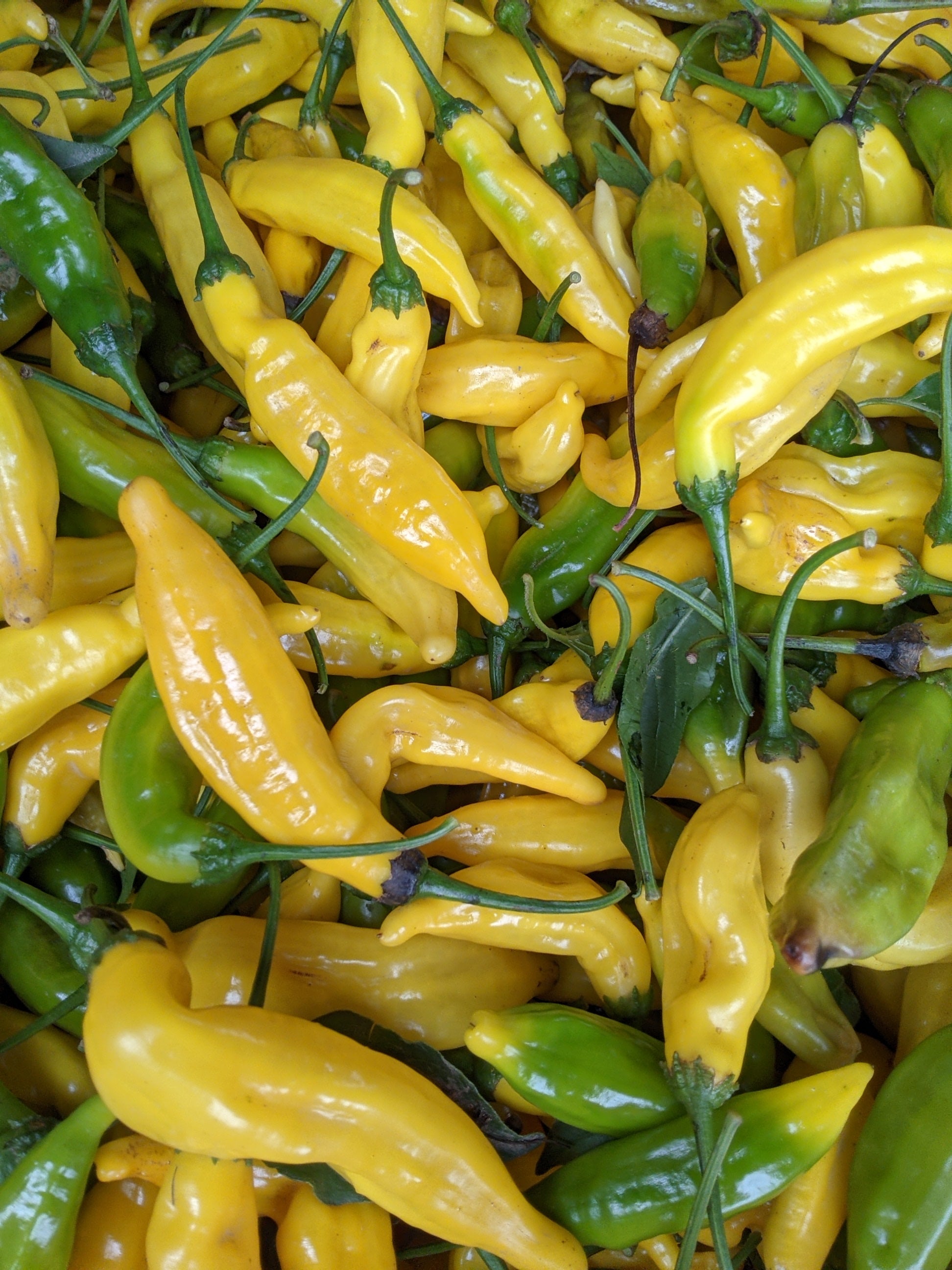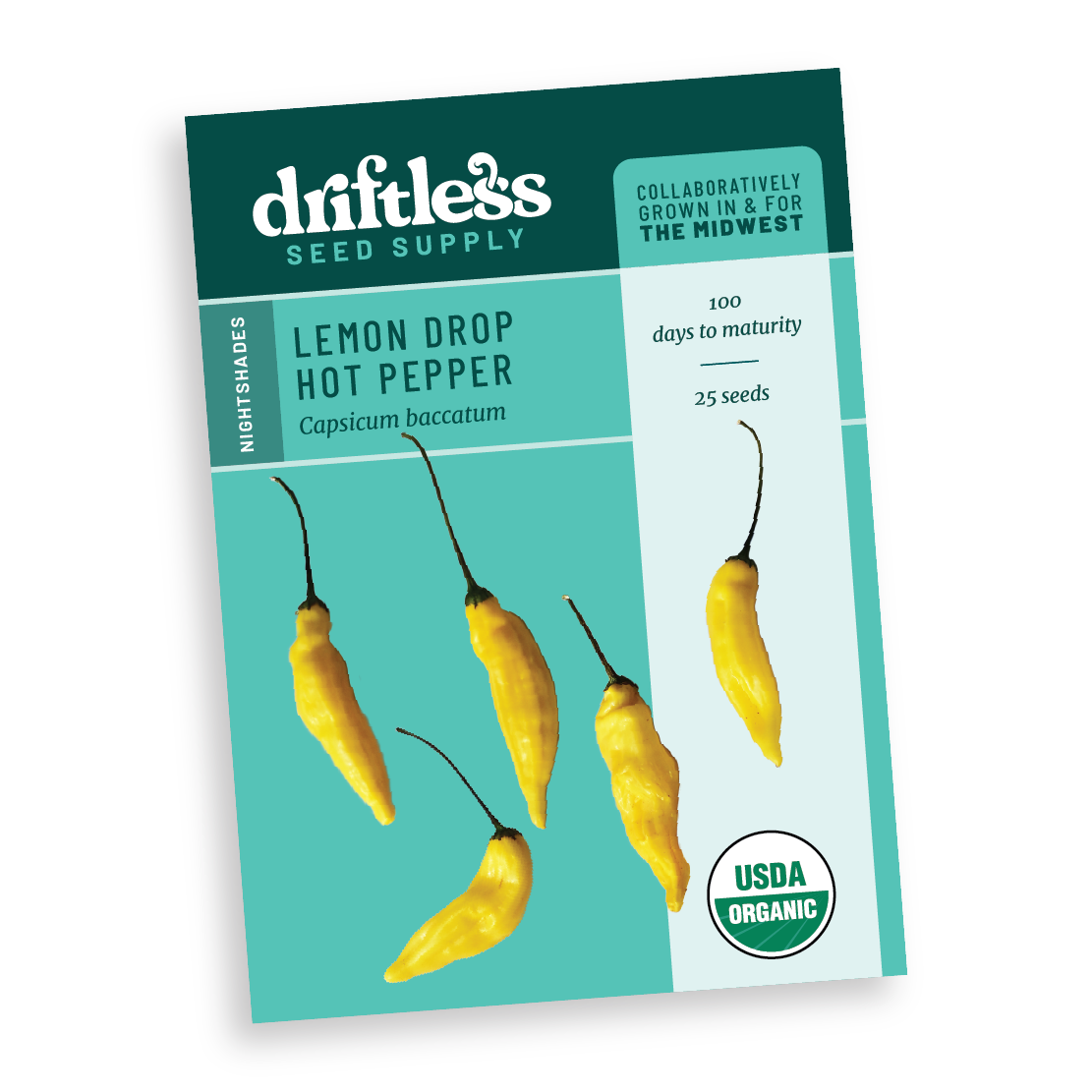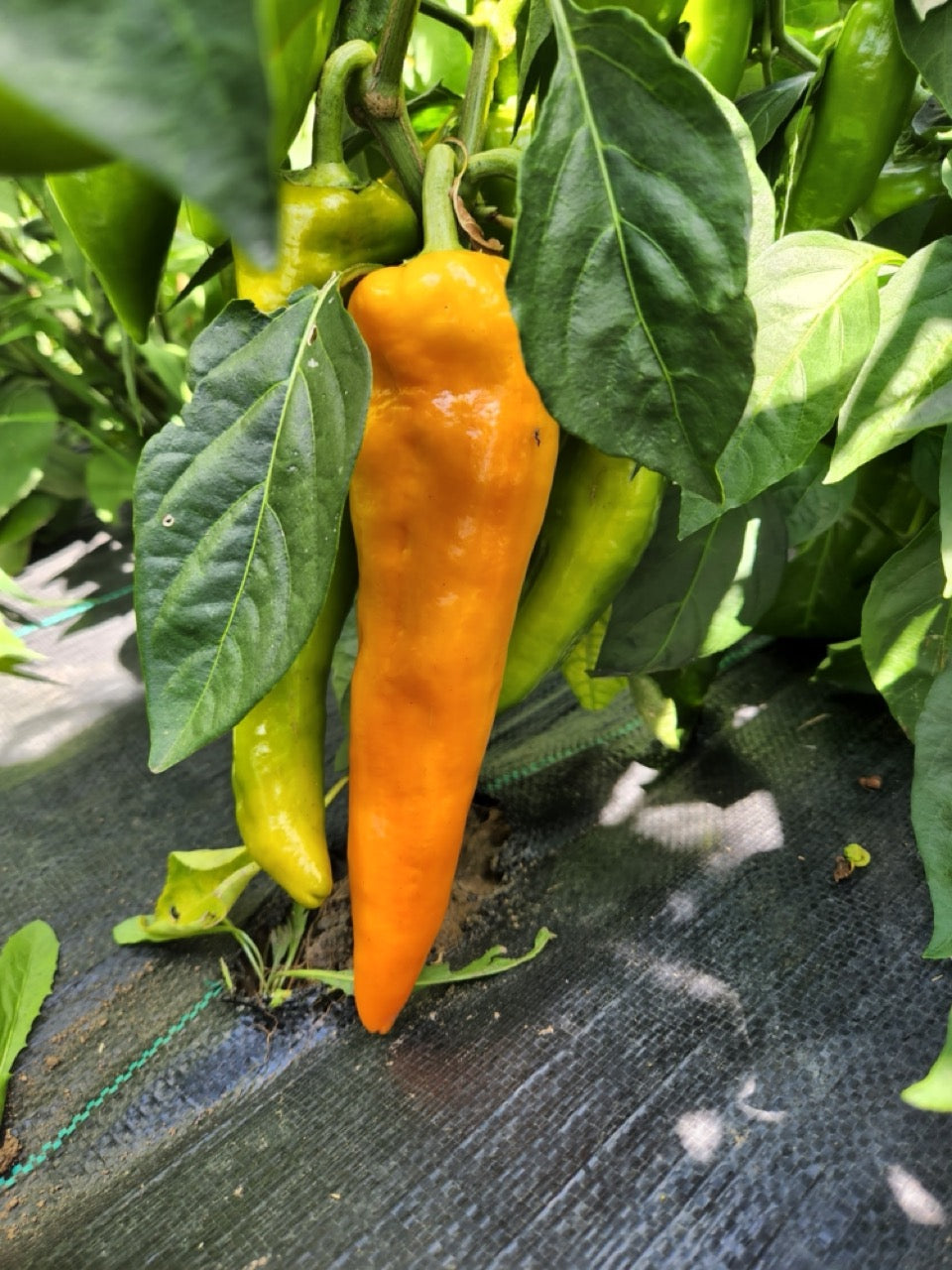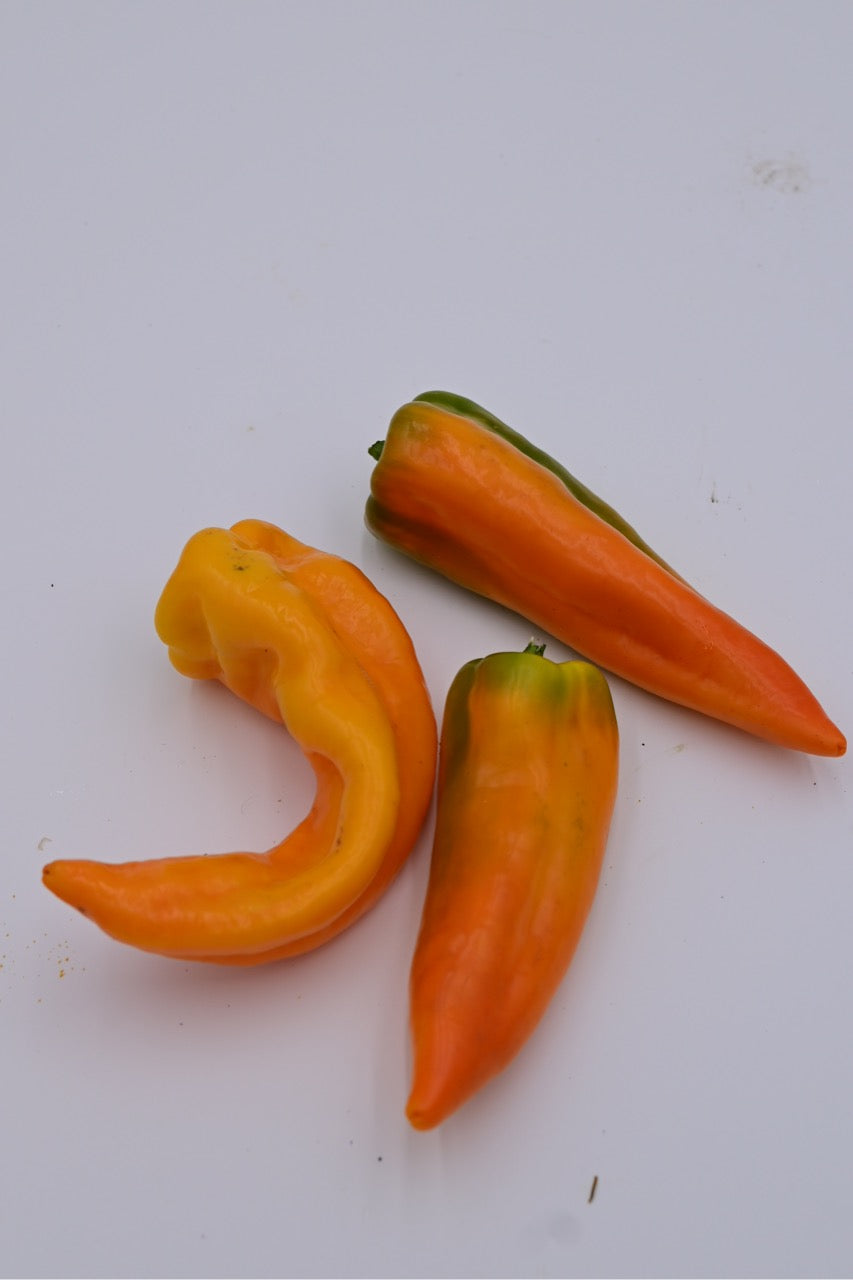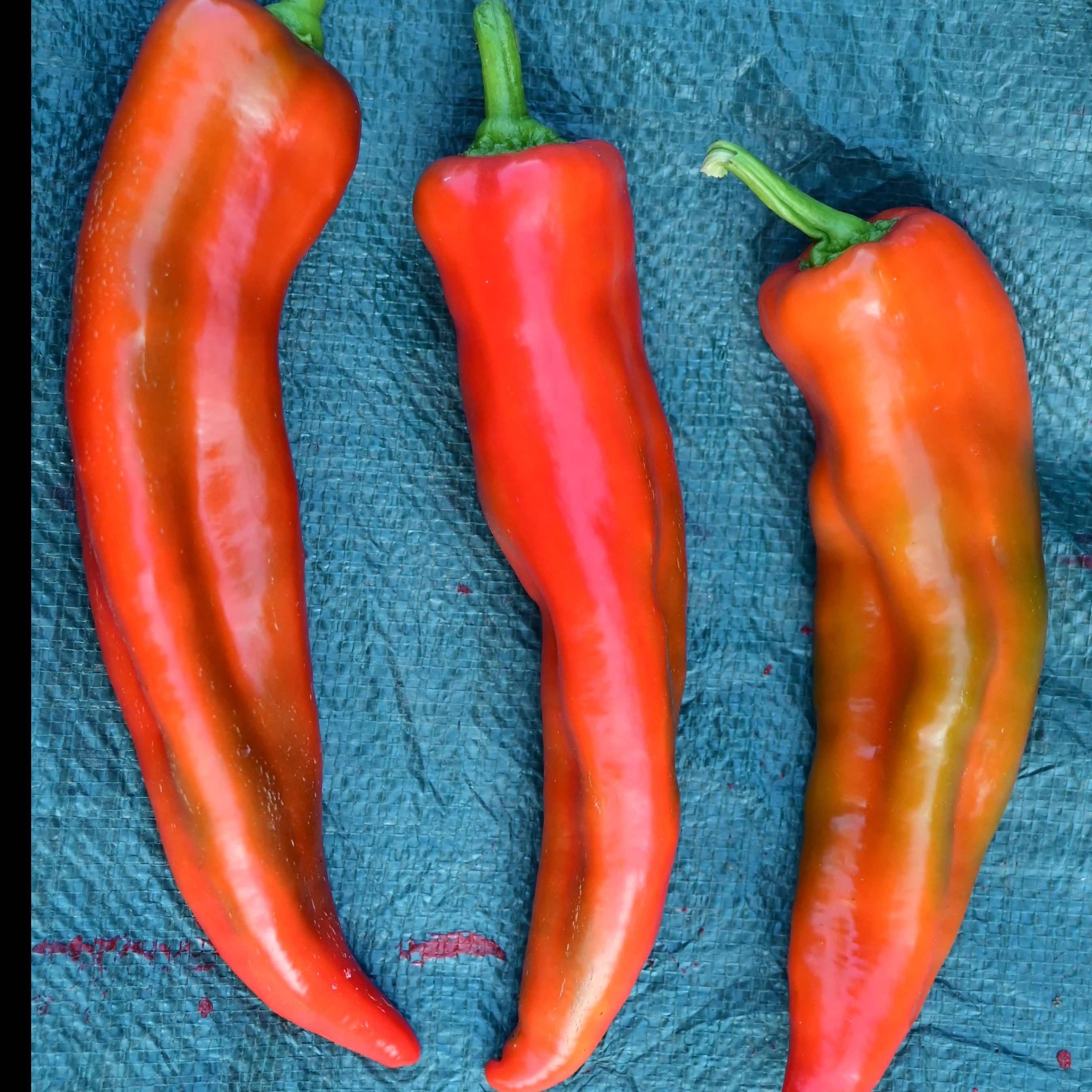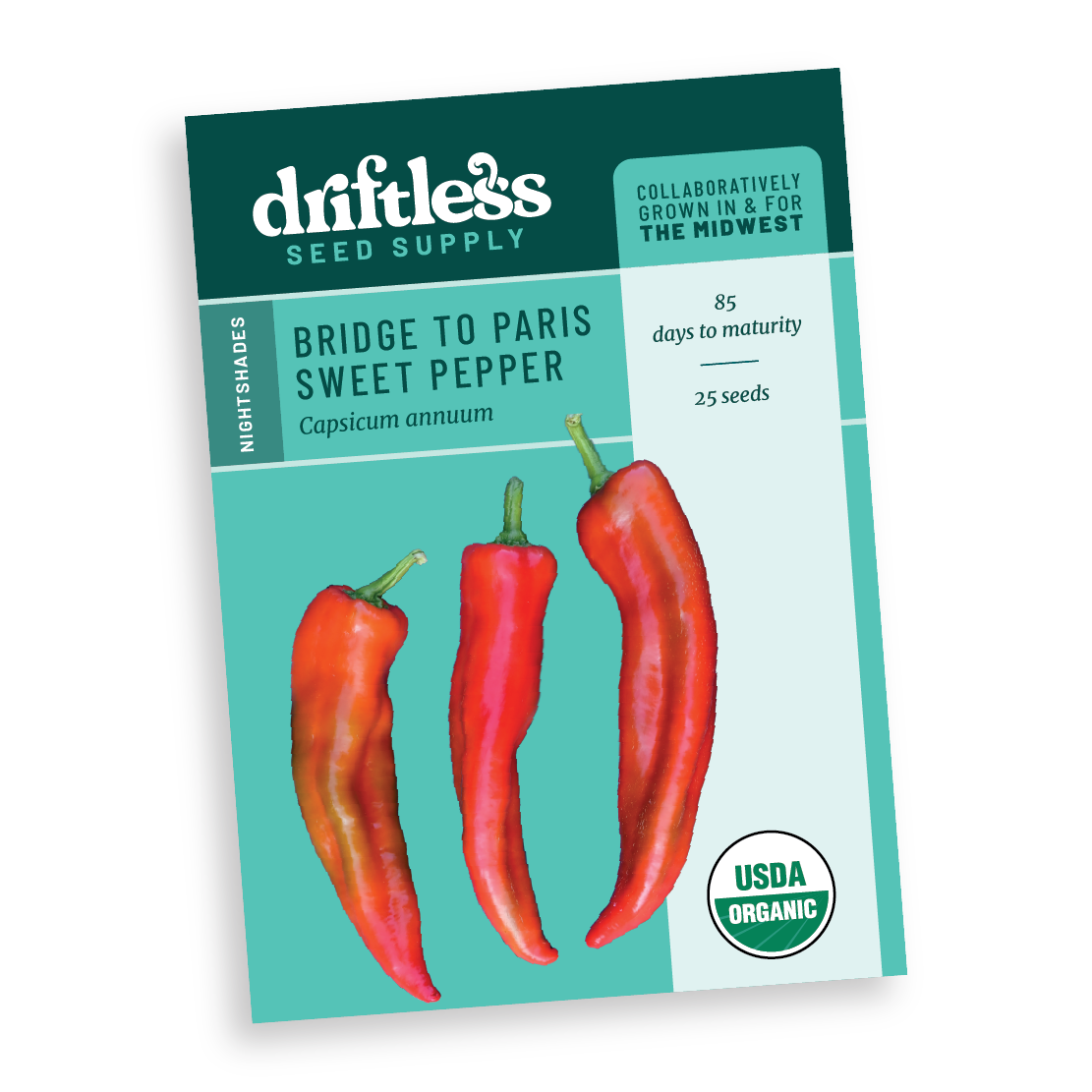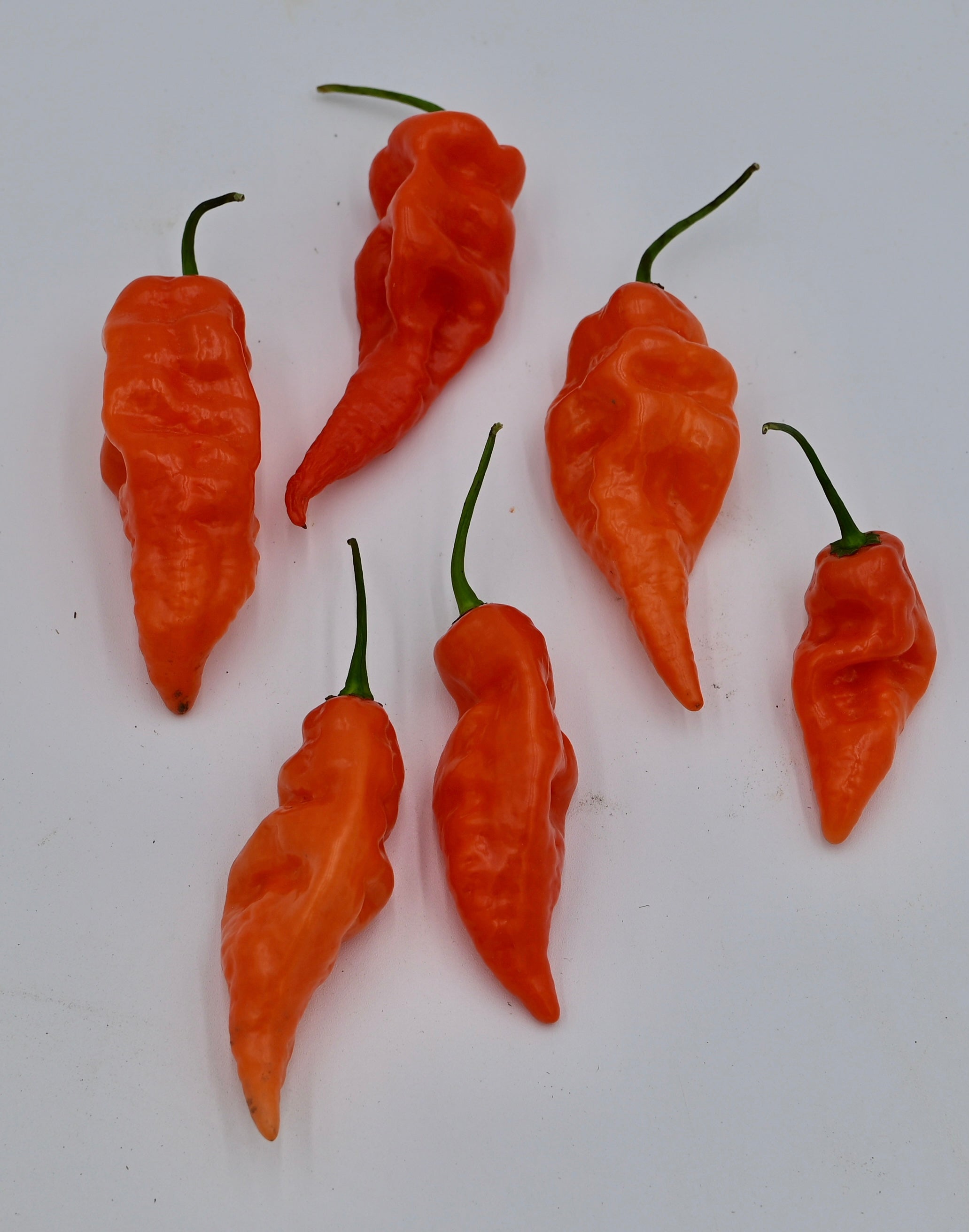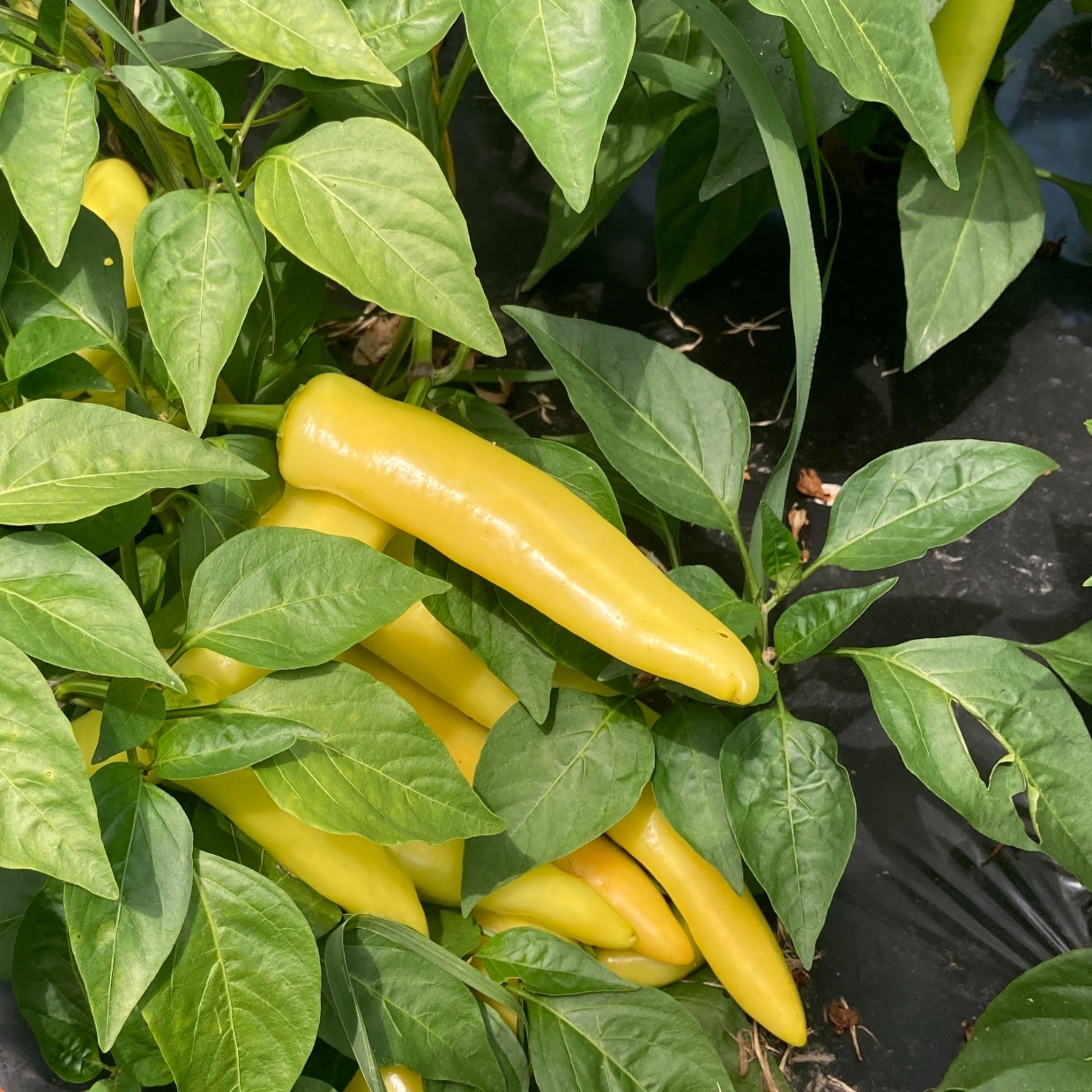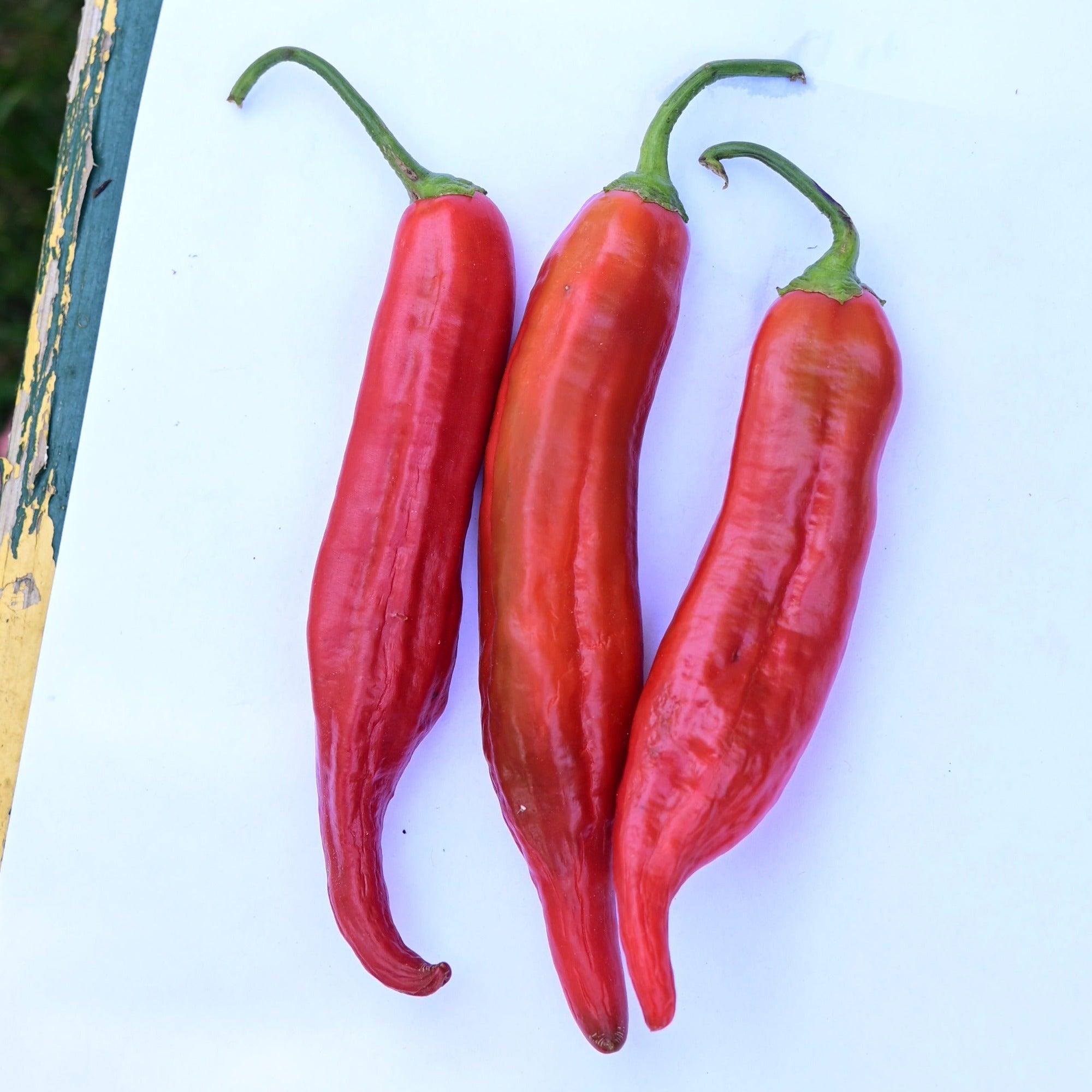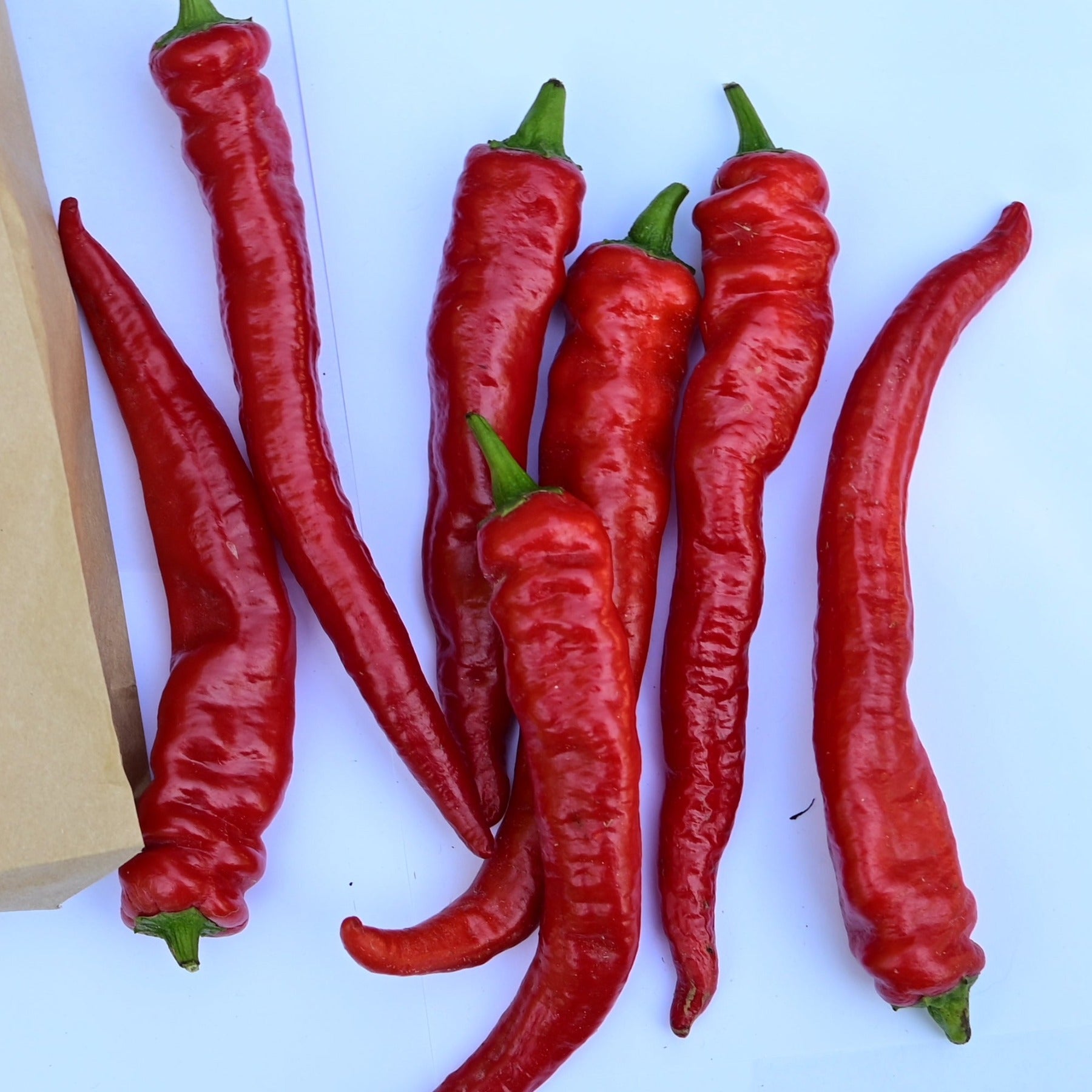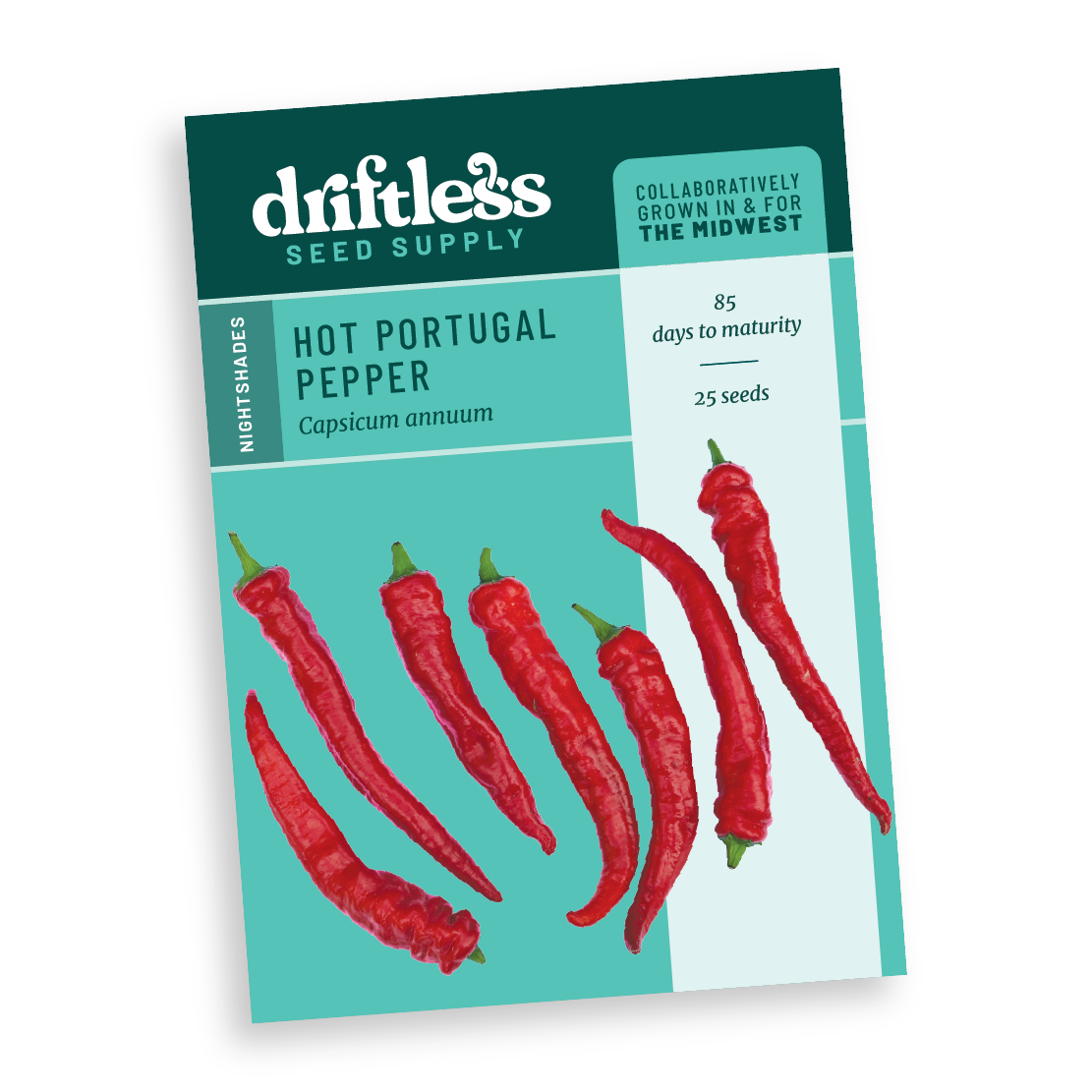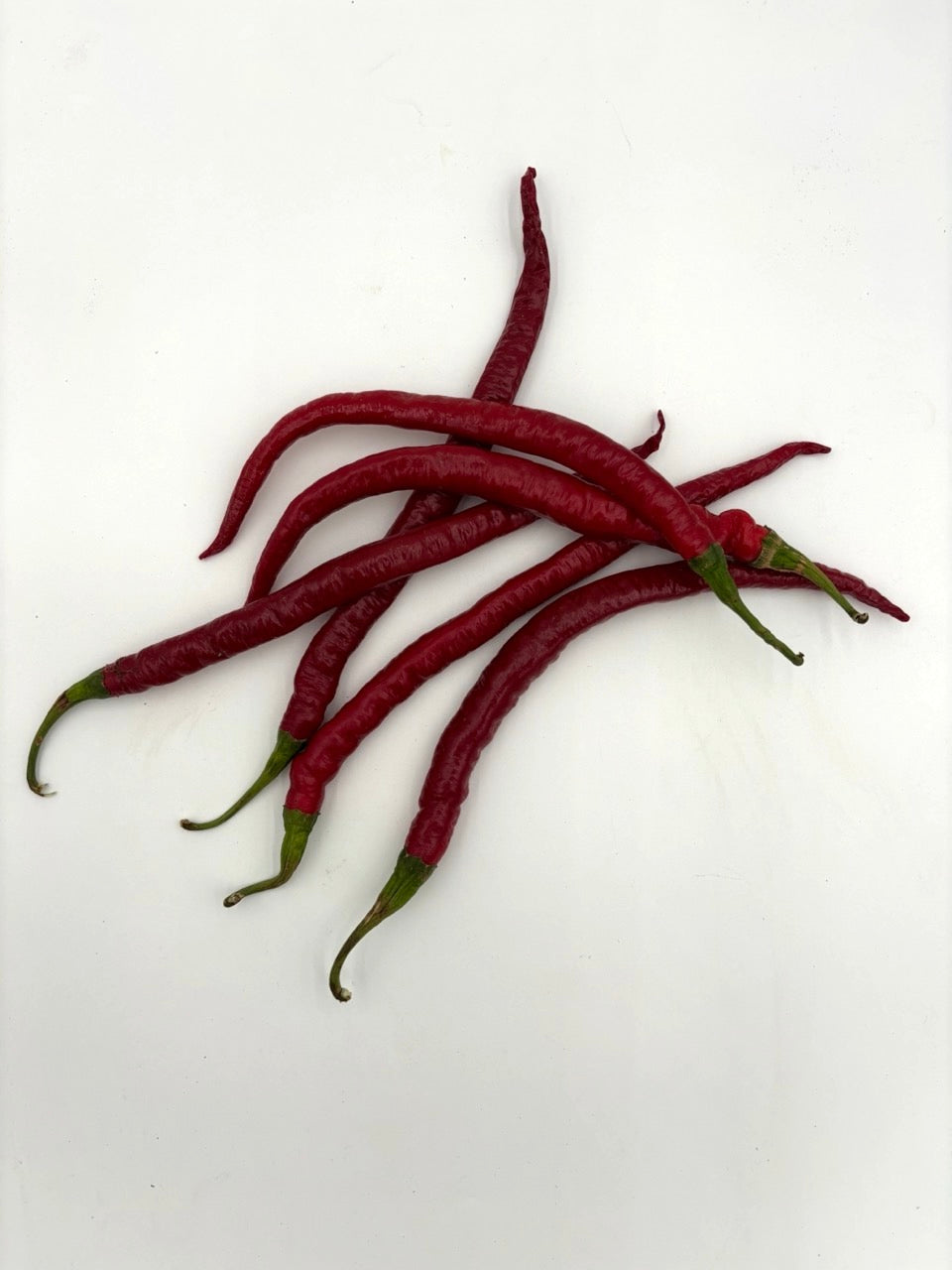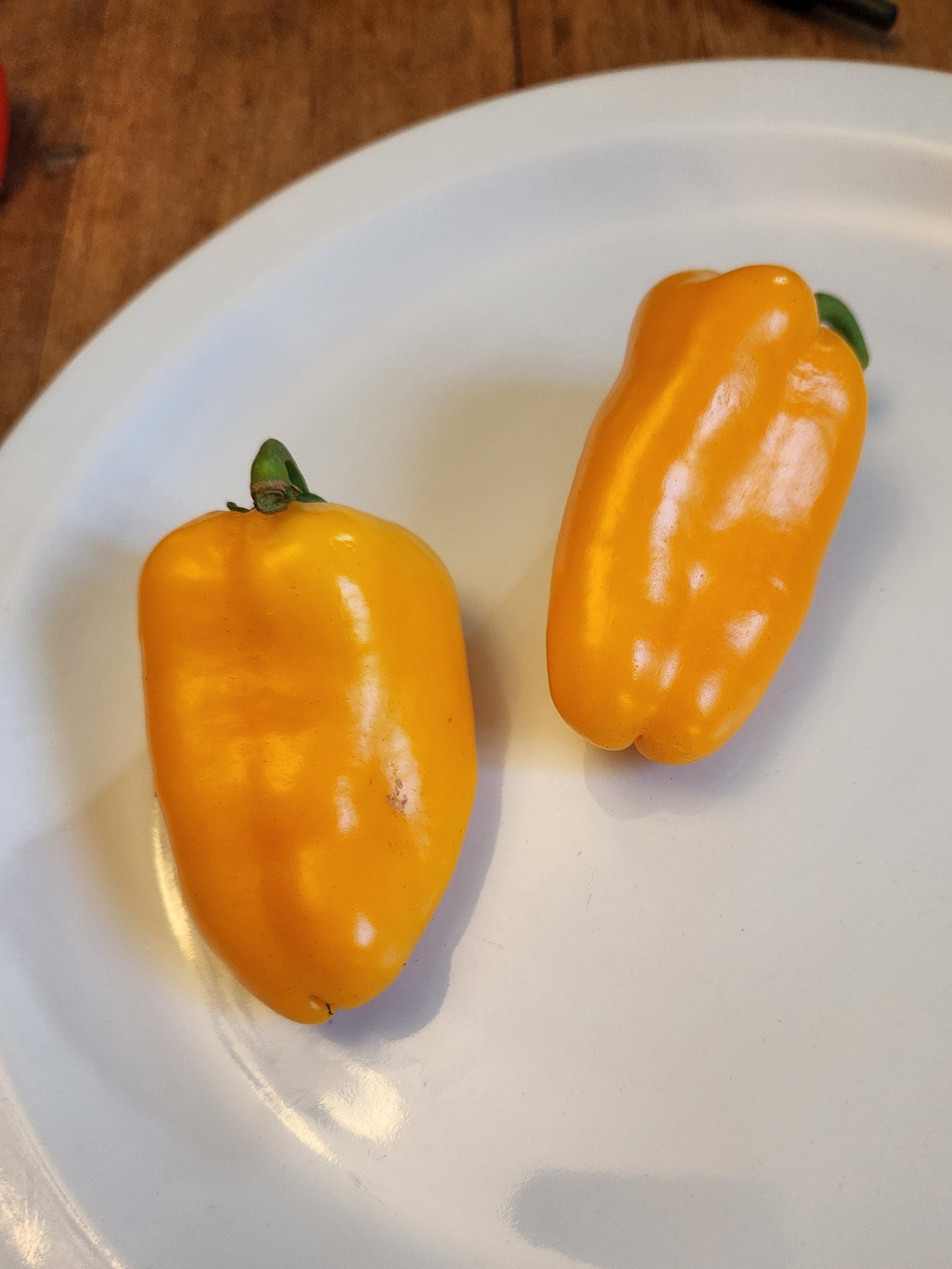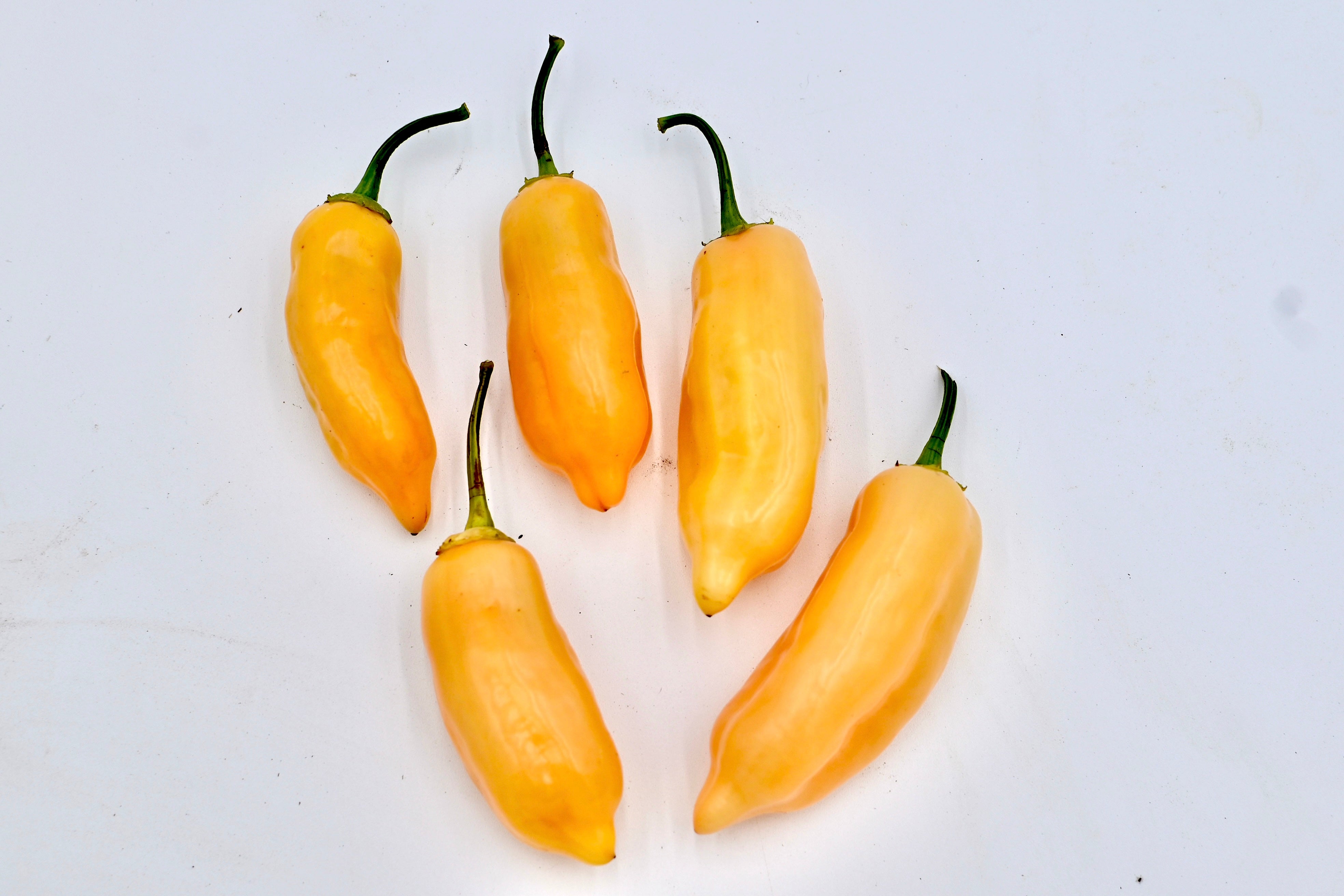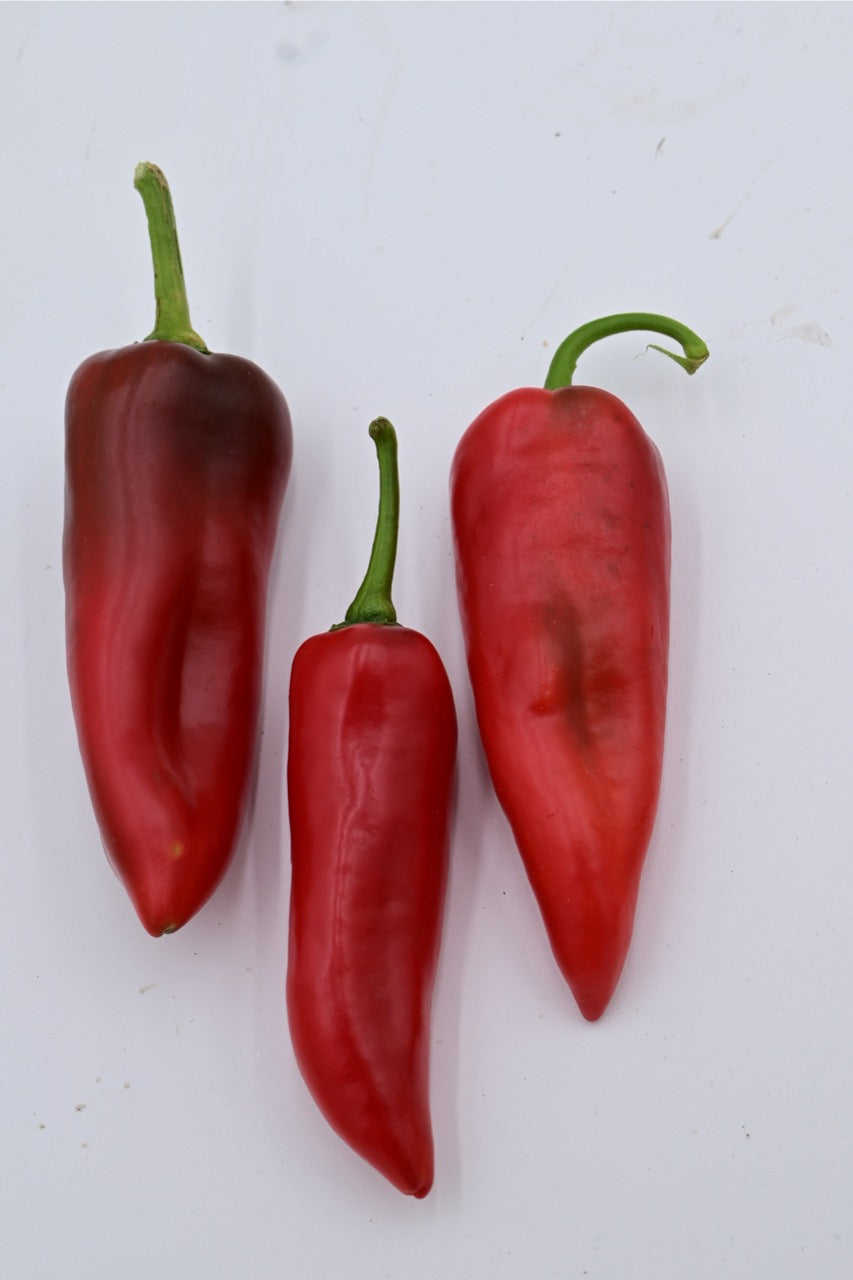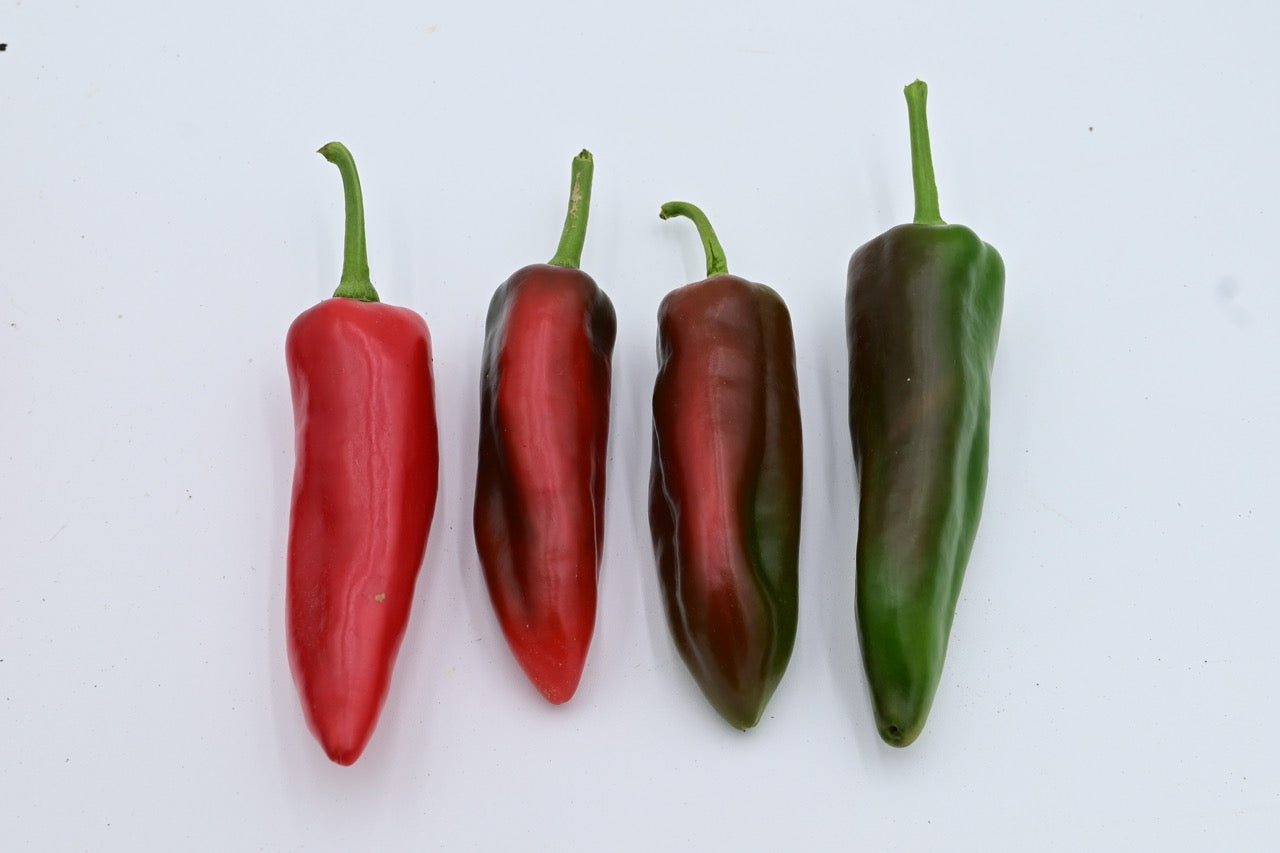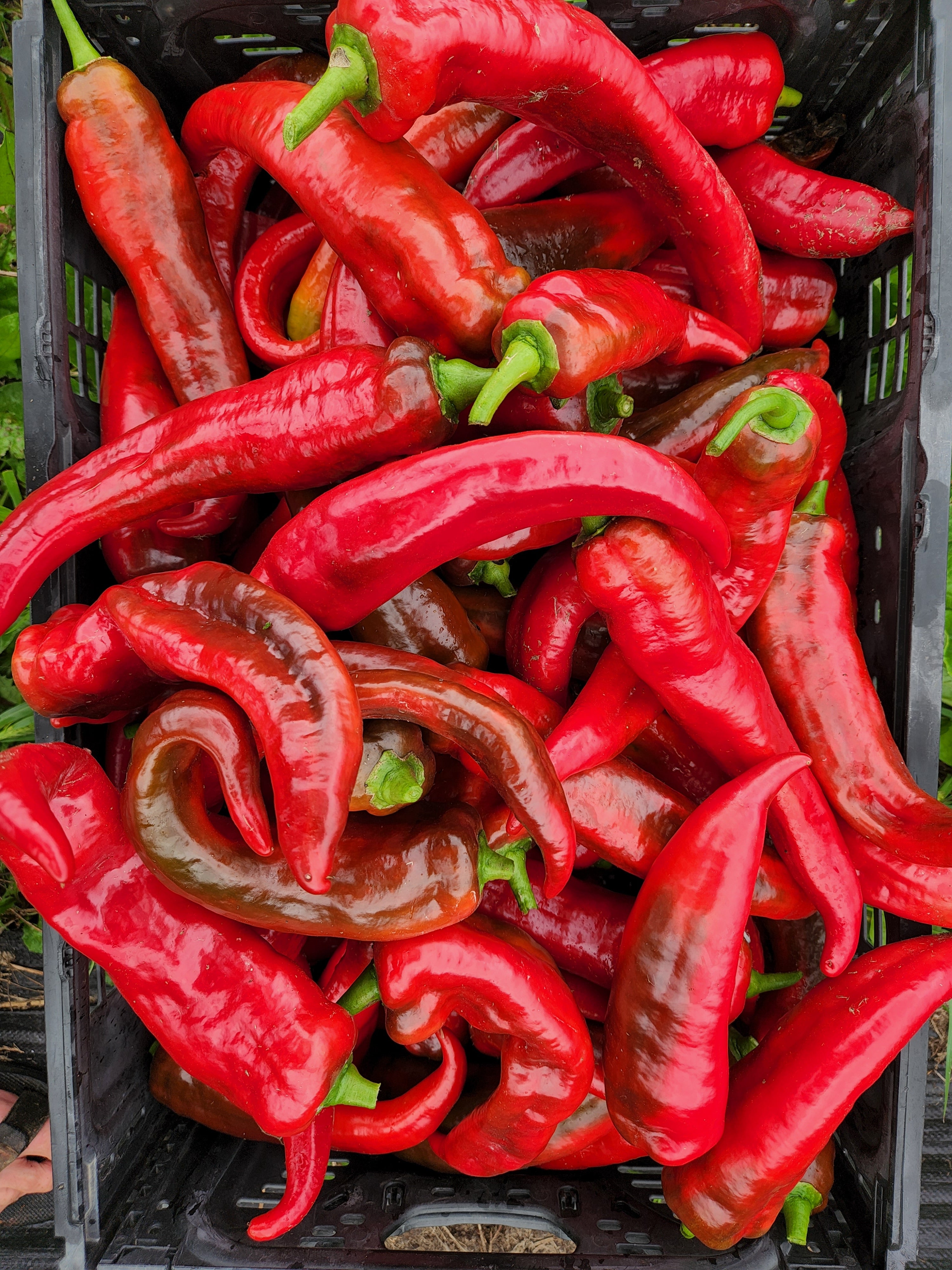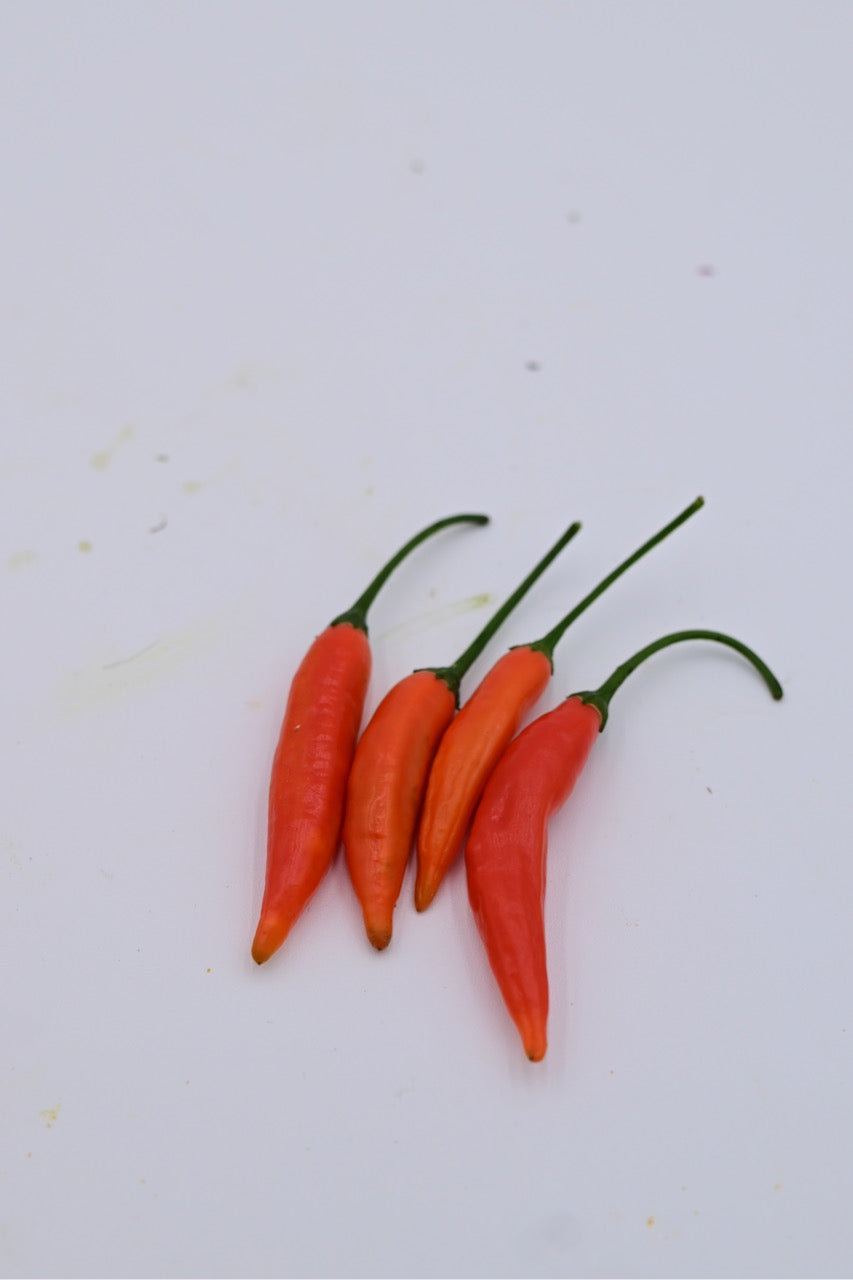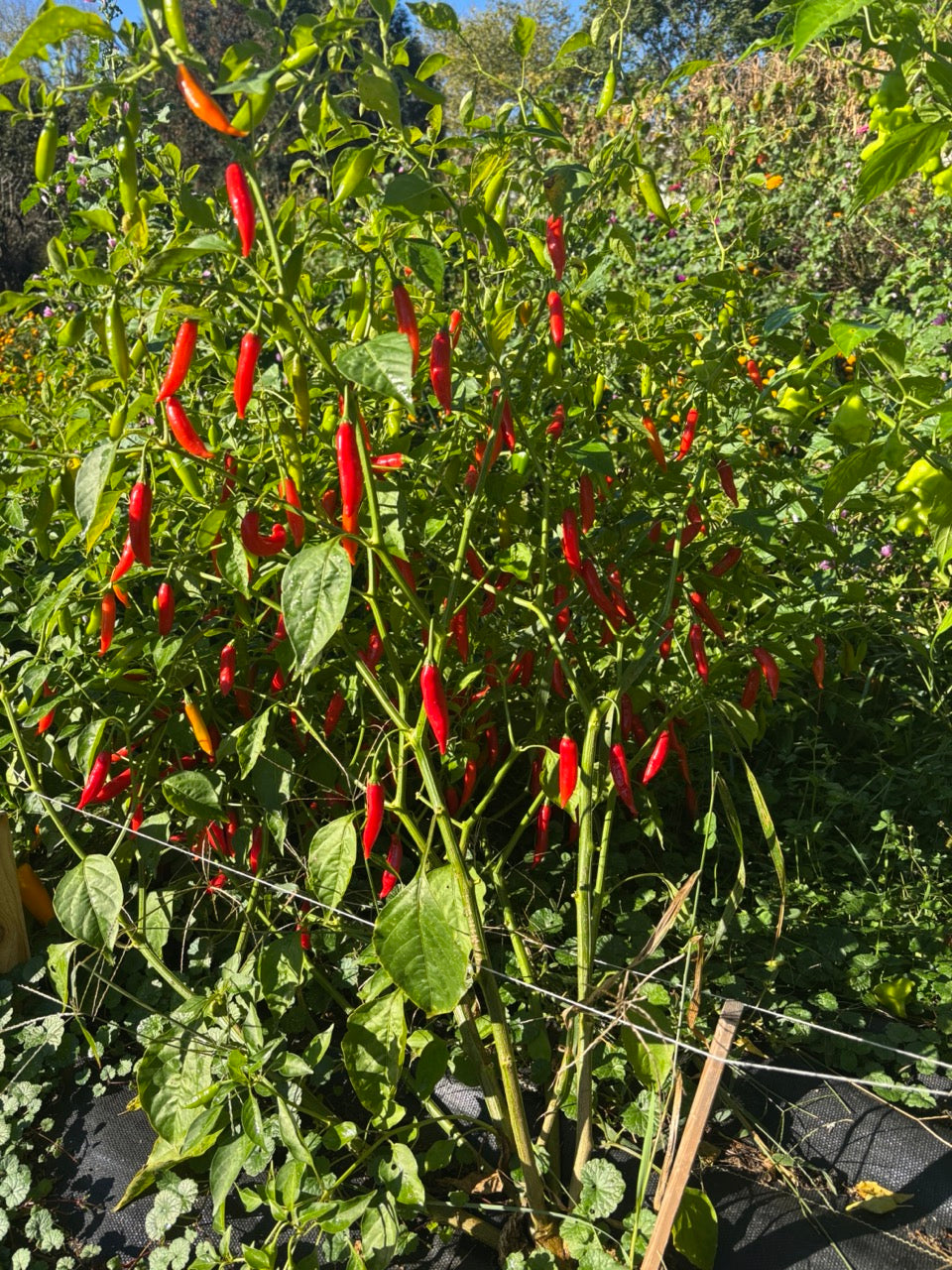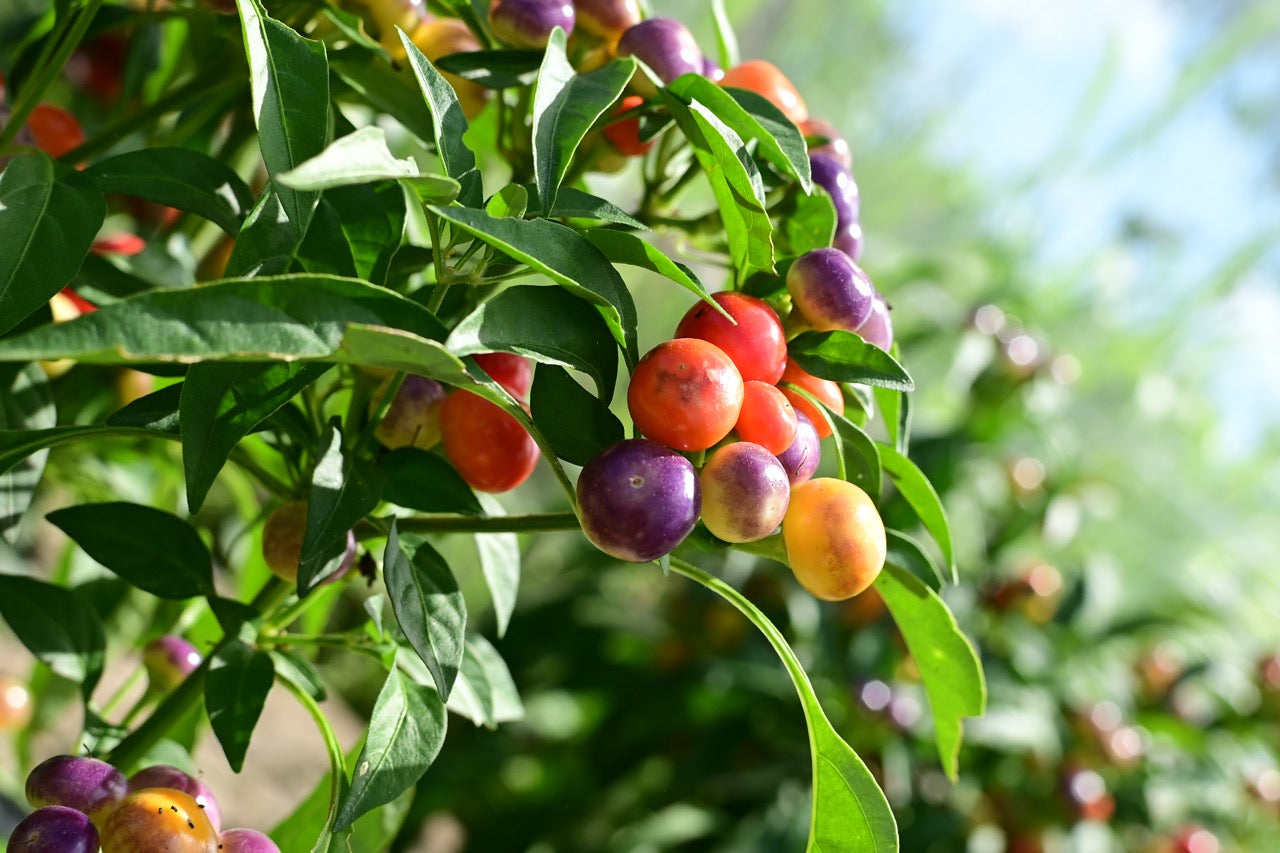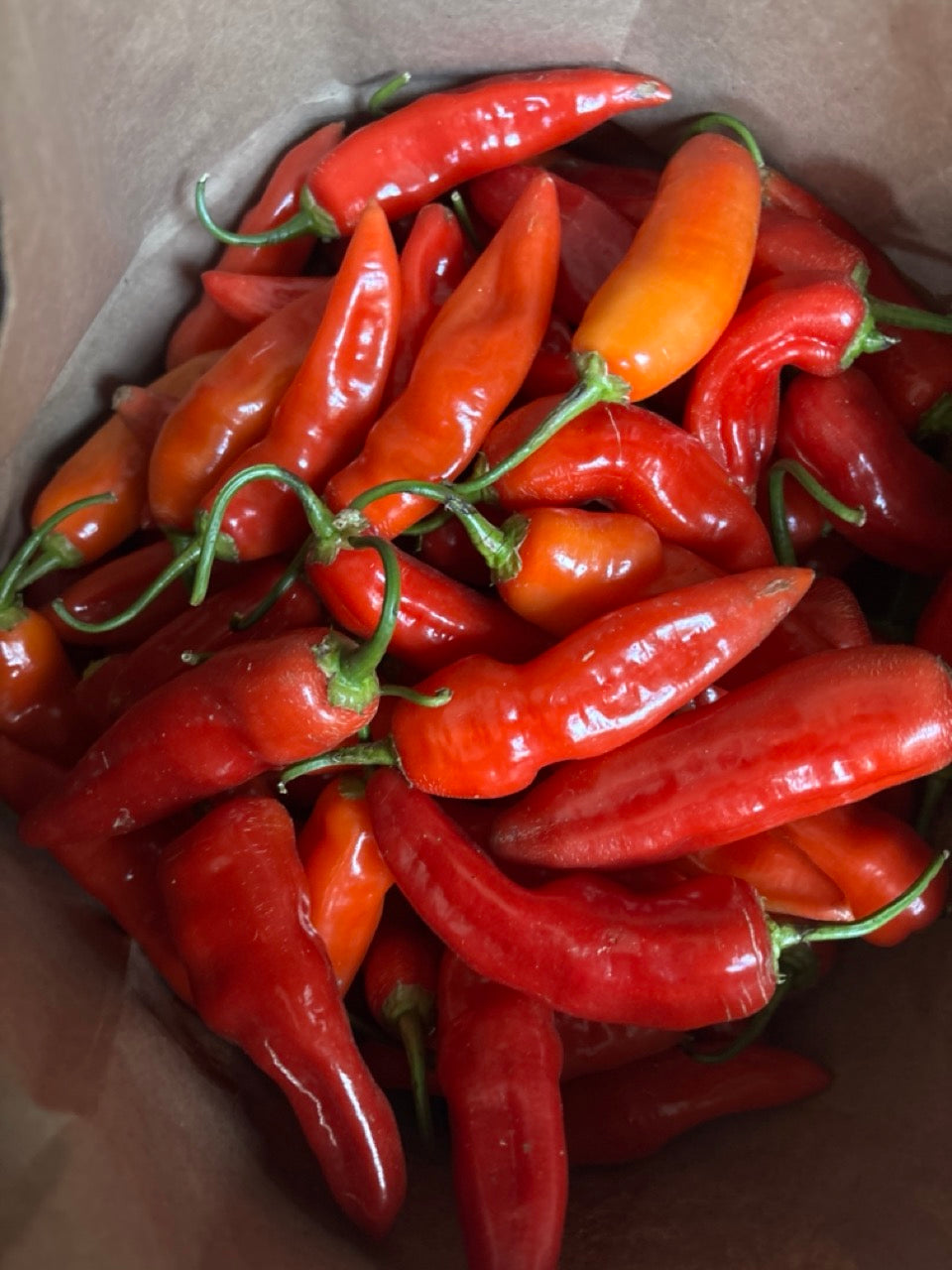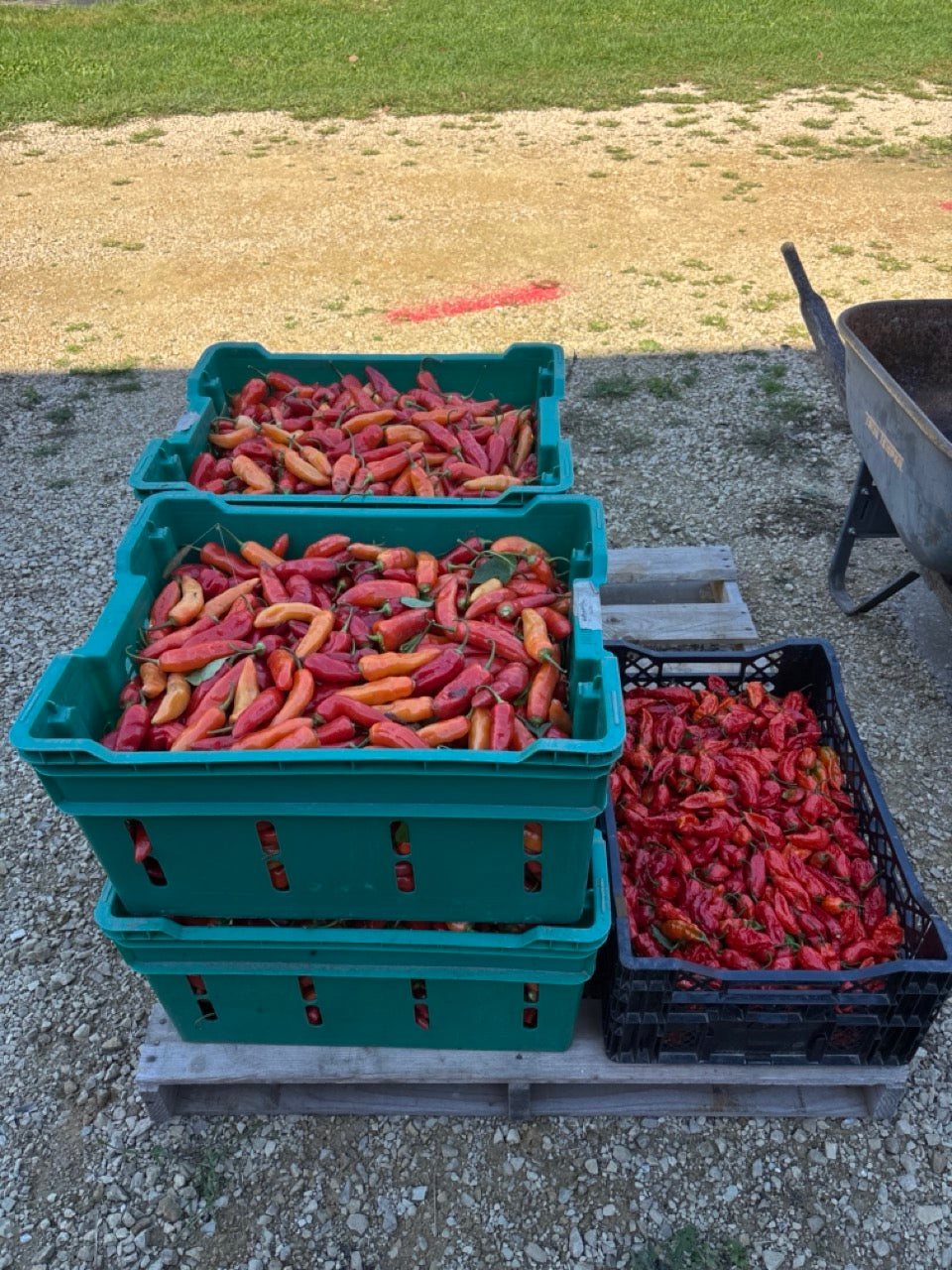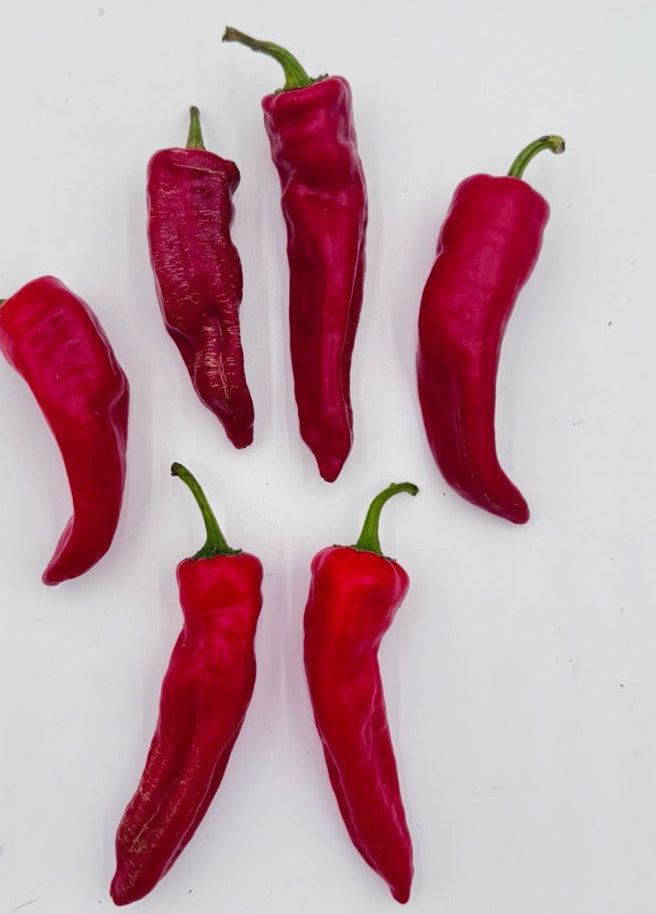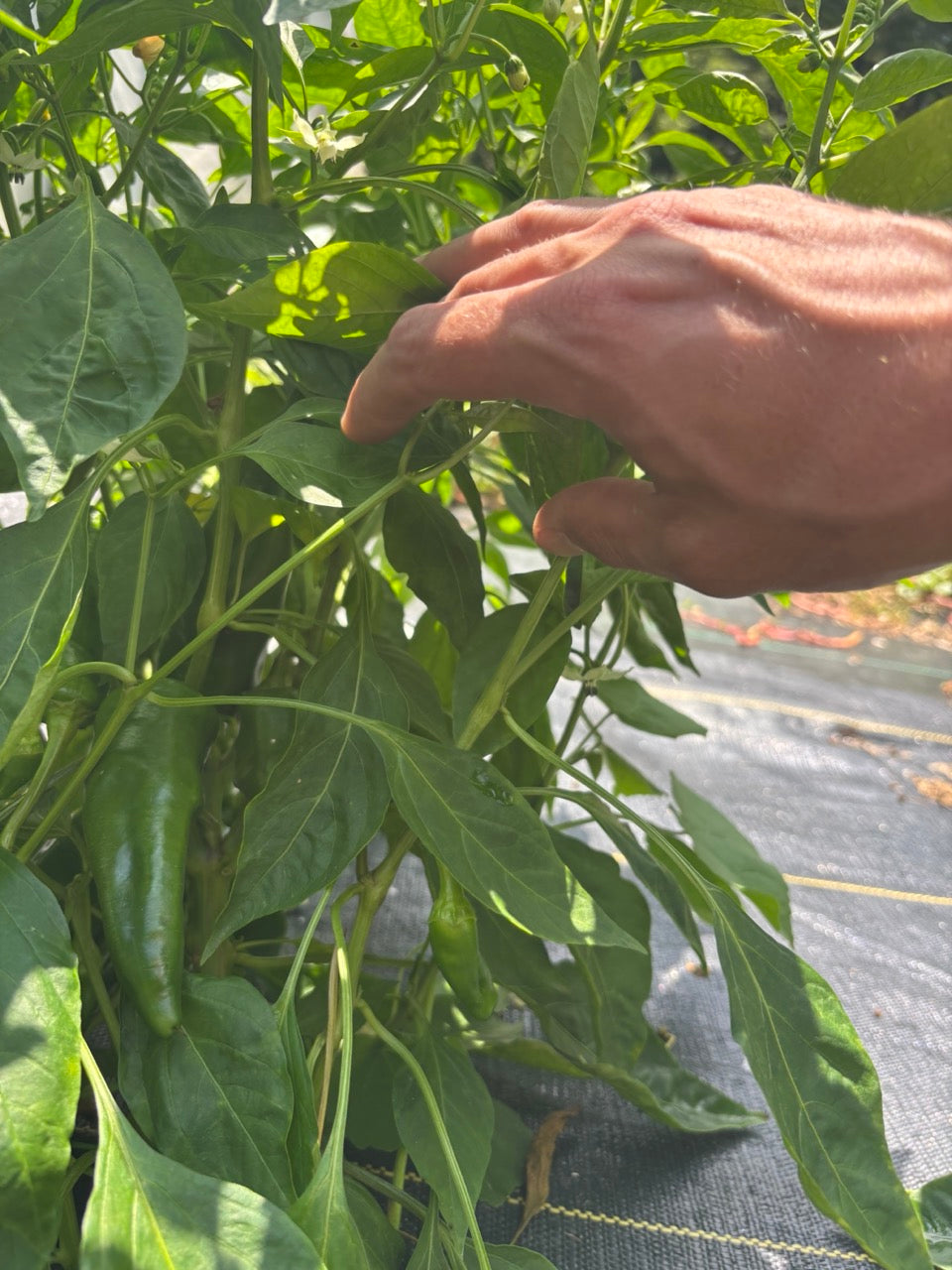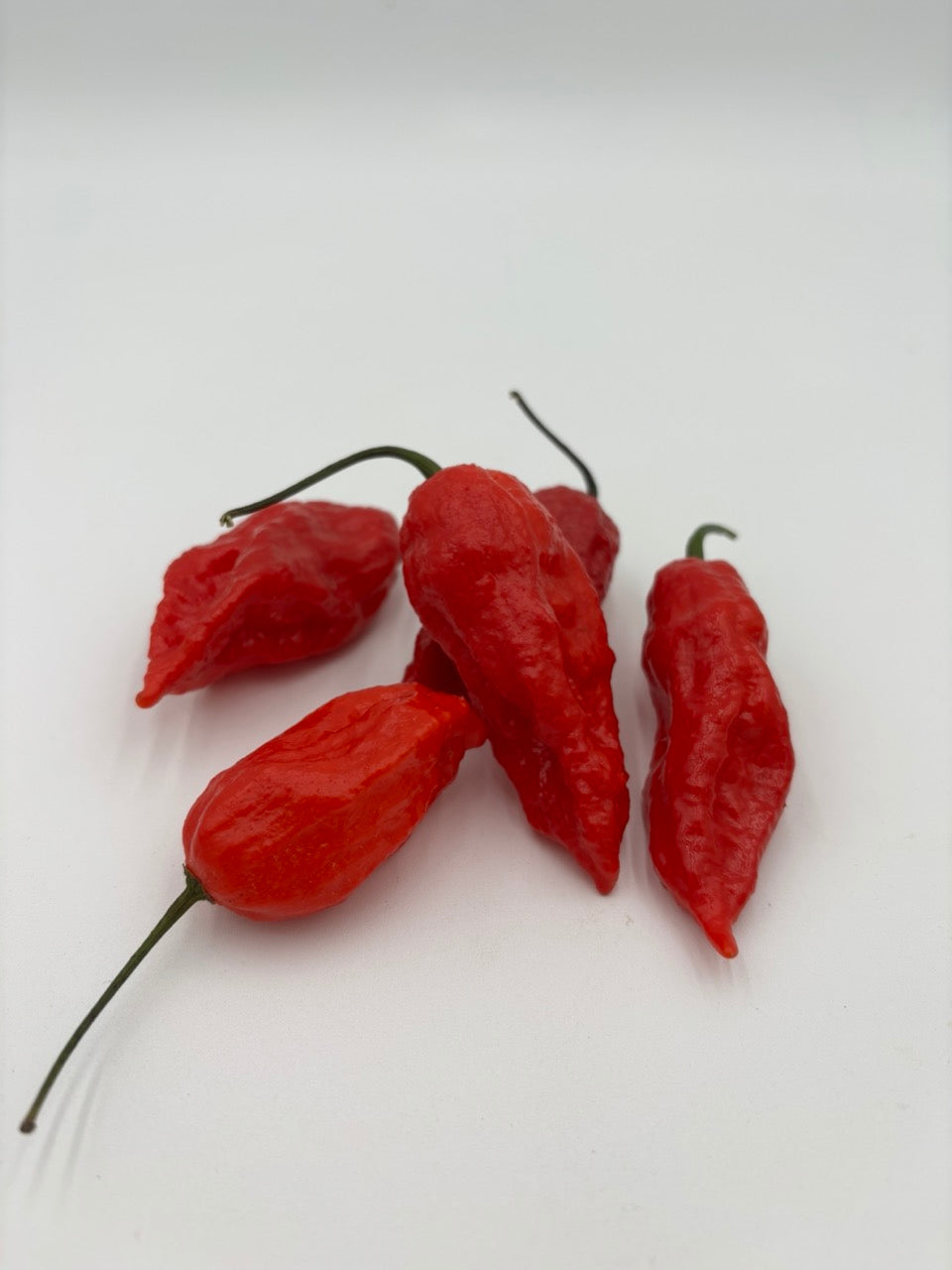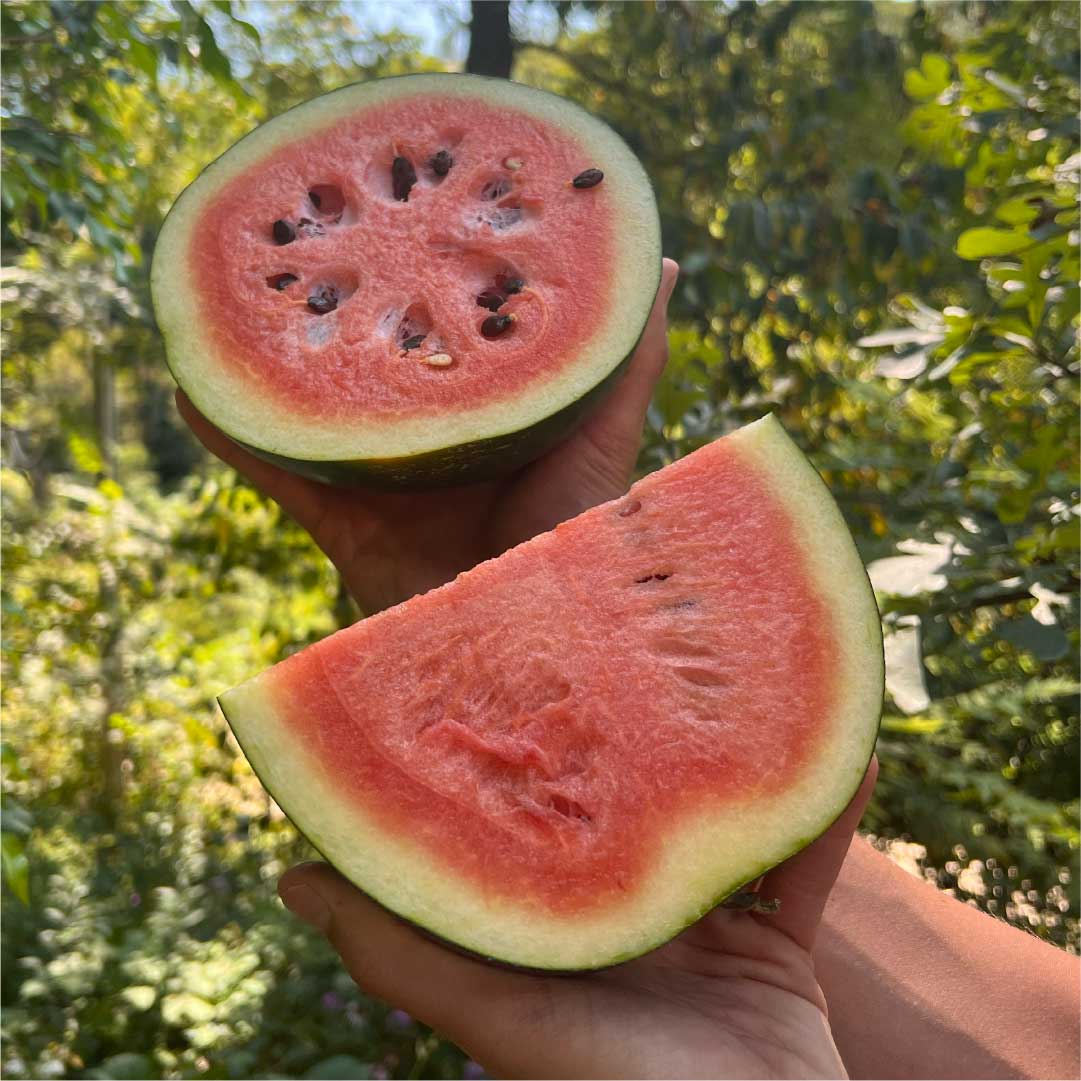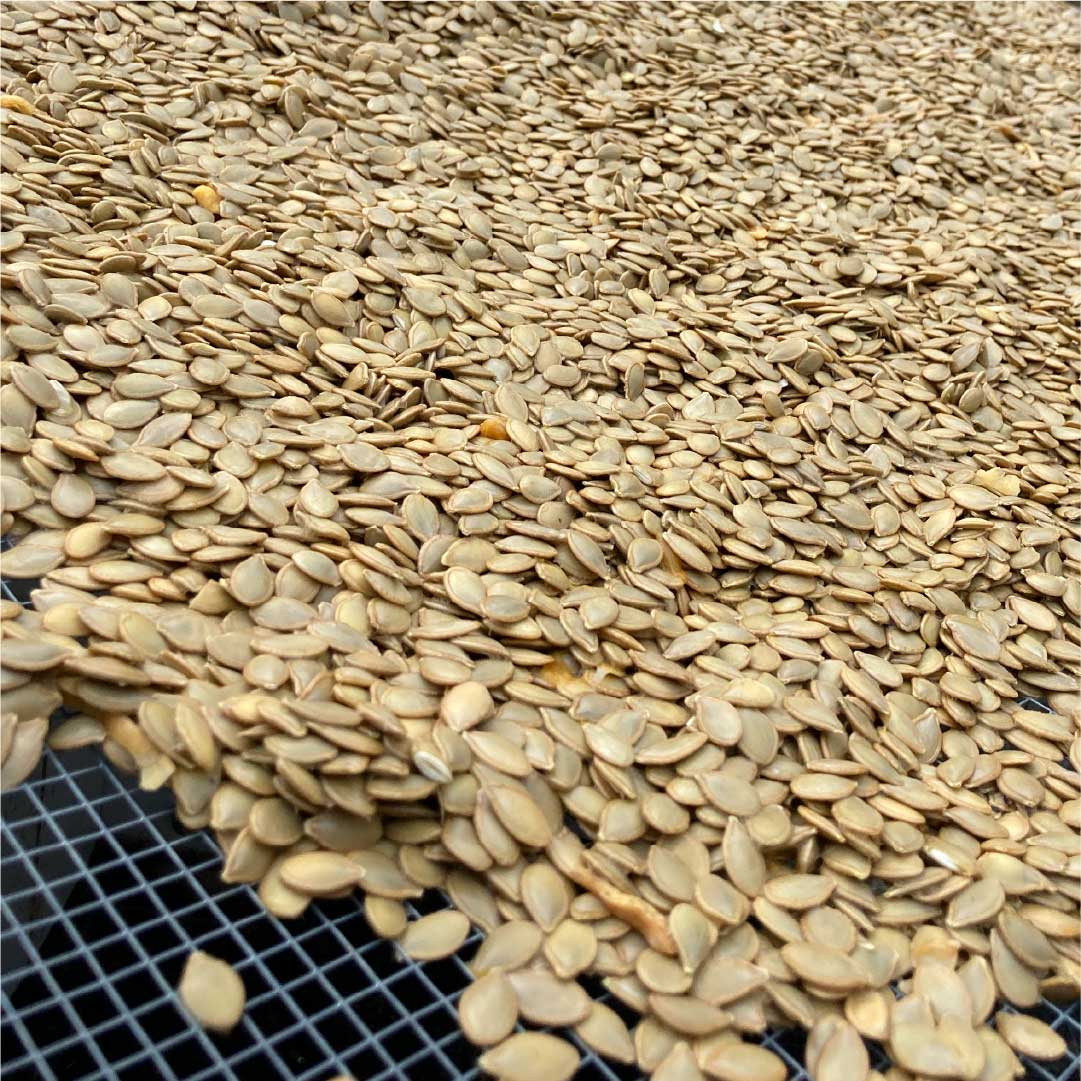Driftless Seed Supply Grower Resources
Hot and Sweet Pepper Growing Resources
History and Cultural Significance of Peppers
Peppers hold a rich historical and cultural significance, especially in relation to indigenous cultures of the Americas, where they are native and have been cultivated for millenia. The importance of peppers in indigenous cultures extends beyond mere culinary use; they were integral to medicinal practices, religious rituals, and as a commodity in trade. The spread of peppers globally, following the Columbian Exchange, marked a significant shift in culinary practices worldwide, introducing heat and flavor to diverse cuisines. This global spread of peppers is a testament to their cultural adaptability and appeal. In many indigenous cultures, peppers remain a symbol of heritage and are celebrated for their variety and significance in traditional dishes. Their cultivation and use have profoundly influenced global gastronomy, making peppers a cornerstone in many culinary traditions around the world.
1) Site Selection and Soil Preparation:
- Choose a sunny location as peppers require full sun. The soil should be well-drained, rich in organic matter, with a pH of 6.0-6.8. Prepare the soil by incorporating compost or well-rotted manure.
2) Planting Timing, Spacing, and Depth:
- Start seeds indoors 8-10 weeks before the last frost date. Transplant outdoors when the danger of frost has passed and soil has warmed. Space plants 18-24 inches apart in rows 24-36 inches apart. Plant seeds at a depth of 1/4 inch.
3) Irrigation:
- Peppers need consistent moisture to develop well. Avoid overhead watering to reduce disease risk. Drip irrigation or soaker hoses are recommended.
4) Fertilization:
Peppers, both sweet and hot varieties, have specific nutritional needs for optimal growth and fruit production. Here are the general NPK (Nitrogen, Phosphorus, Potassium) recommendations per acre for pepper cultivation:
Nitrogen (N):
- Requirement: Peppers require a moderate amount of nitrogen.
- Recommendation: Apply 60-80 pounds of nitrogen per acre during the growing season. Avoid overapplication, which can cause blossom drop and excessive foliar growth at the expense of fruit yield.
- Application: It's advisable to split the nitrogen application into two or three parts – one at planting, and the others as side-dressings at intervals during the vegetative growth phase and at the beginning of fruiting.
Phosphorus (P₂O₅):
- Requirement: Phosphorus is essential for root development and early plant growth.
- Recommendation: 50-70 pounds of phosphorus (as P₂O₅) per acre is typically recommended.
- Application: Phosphorus should be applied at or before planting as it's less mobile in the soil compared to nitrogen.
Potassium (K₂O):
- Requirement: Potassium is crucial for overall plant health, disease resistance, and fruit development.
- Recommendation: Apply 80-100 pounds of potassium (as K₂O) per acre.
- Application: Potassium can be applied at planting and can also be split into multiple applications like nitrogen.
Additional Considerations:
- Soil Testing: Conduct a soil test before applying any fertilizer to determine the existing nutrient levels and adjust the rates accordingly.
- Fertilizer Types: Use a balanced fertilizer at planting (like a 10-10-10 or 15-15-15) and then consider a nitrogen-rich fertilizer for side-dressing.
- Organic Options: For organic production, use composted manure, bone meal for phosphorus, and greensand or sulfate of potash for potassium.
5) Pest and Disease Management:
- Regularly monitor for pests like aphids, flea beetles, and spider mites. Use insecticidal soap or neem oil for organic control. For diseases like bacterial spot and blight, use copper-based fungicides. Rotate crops to prevent soil-borne diseases.
6) Harvest Recommendations:
- Harvest sweet peppers when they reach full size and their skin becomes glossy. Hot peppers may be harvested at various stages, but fully ripe peppers are usually hotter. Use gloves when harvesting hot peppers to avoid skin irritation.
7) Post-Harvest and Storage:
- Store peppers at 45-55°F with high humidity. Sweet peppers have a shorter shelf life than hot peppers. For longer preservation, both can be dried, canned, or pickled.

